A bookstore specializing in science and engineering books. They also sell paperback books, magazines, stationery, and daily necessities.
According to recent data, about 90% of undergraduate graduates from the Department of Chemistry continue their studies in graduate school, while the remaining 10% enter the workforce, including positions such as high school teachers, national or local government officials, or various roles in corporate development or general affairs departments. The industries these graduates enter span not only chemistry but also food, electricity, machinery, and sometimes even finance or service industries.

The importance of advancing to graduate school is increasing. This trend reflects the demand for training more skilled individuals through advanced research and education, indicating the students’ eagerness to delve deeper into their studies. Graduates from the master’s program (those with a master’s degree) are central to the scientific workforce in companies. In the field of chemistry, enrollment in the undergraduate program does not significantly affect job placement. This situation arises from the diverse knowledge and perspectives on “chemistry,” which are highly relevant to society, and the recognition that graduates have achieved a high level of proficiency.
In recent years, there has been a growing interest in individuals with a doctoral degree as high-tech talents who can drive innovation within companies. Graduates from the doctoral program are expected to excel in research positions within companies or academia (university institutions and research institutes). There is an increasing demand in innovative companies to introduce specialized professionals with doctoral degrees. These individuals refine their expertise through laboratory work and collaborative research, gaining rich experience in designing and conducting research, and eventually contributing to society as seasoned researchers.
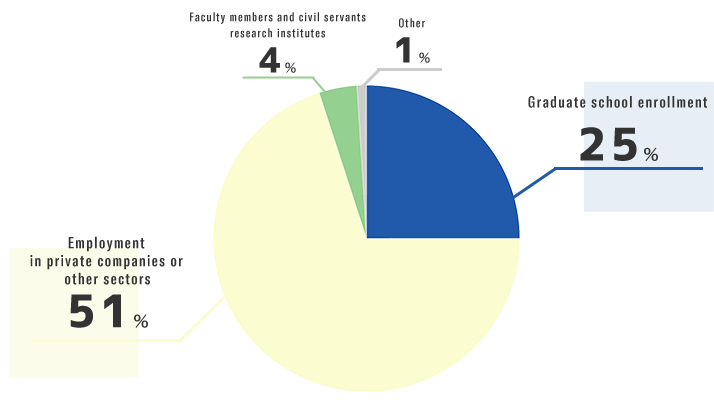
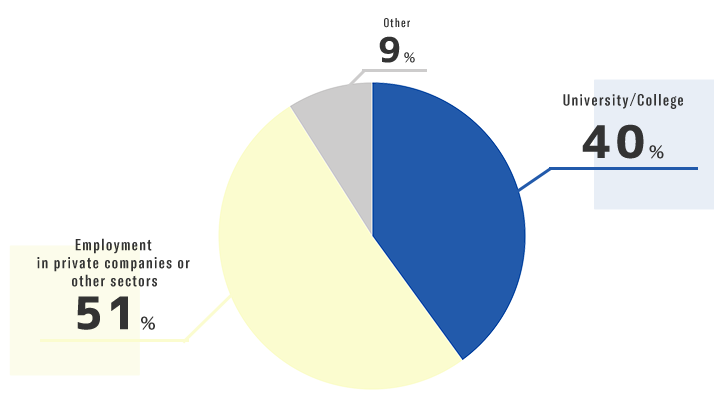
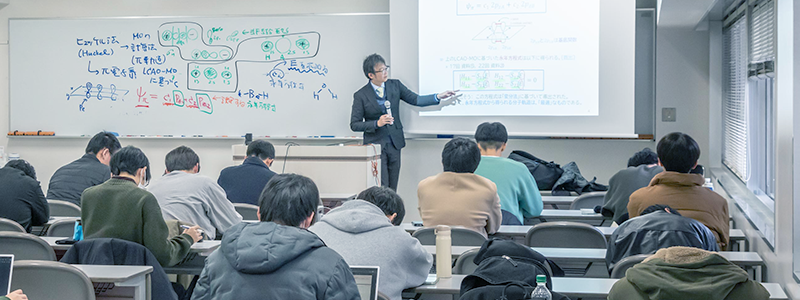
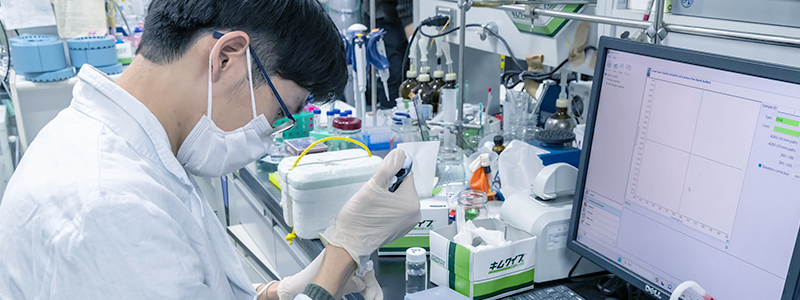
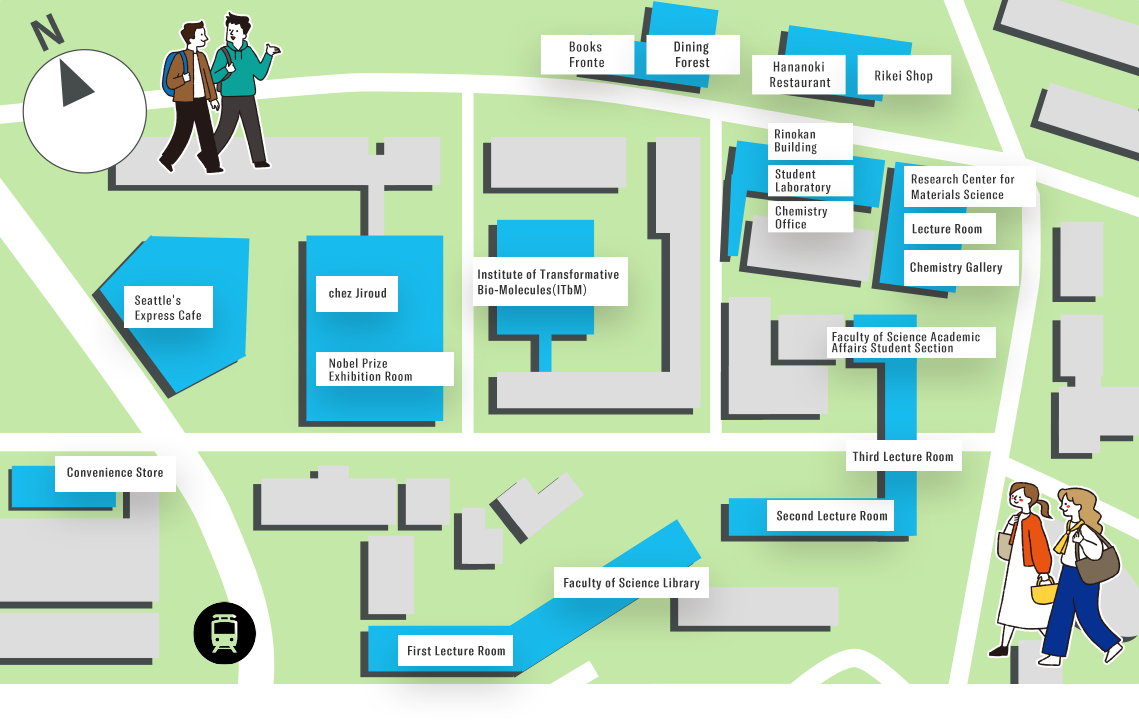
It is a shop that sells bread, rice balls, drinks, and snacks. Buy a boxed lunch and take it to the laboratory.
It is open from 7:00 to 23:00. It is the closest FamilyMart to the Chemistry Department.
The World Premier International Research Center Initiative (WPI) at Nagoya University, which houses research laboratories as well.
The building houses research laboratories, student experimental laboratories, and the chemistry administrative office. It is the building with the highest number of research laboratories in the chemistry department.
Student experiments for third-year students are conducted in the afternoons from Monday to Friday. These experiments cover a range from synthesis and analysis to measurements and biological experiments.
The building houses research laboratories, lecture rooms, and a chemistry lounge.
An auditorium with a seating capacity of 120. It is used for thesis presentations, seminars, and lectures. There is also space available for poster presentations and events.
On the 1st floor, there is a shield commemorating the American Chemical Society's 'Historical Chemistry Paper Award (2021)', and on the 2nd floor, there is a special exhibition room dedicated to Professor Noyori's Nobel Prize. A life-sized figure of Professor Noyori greets visitors.
There is an exhibition room dedicated to Dr. Osamu Shimomura, who won the Nobel Prize in Chemistry in 2008, Dr. Makoto Kobayashi, who won the Nobel Prize in Physics, and Dr. Toshihide Maskawa.
The Chemistry Office handles administrative tasks related to the Chemistry Department, including academic affairs, accounting, and general affairs. Located within close proximity to students, it serves as a supportive presence alongside faculty members, providing assistance to students as the unsung heroes.
Classes for third-year students and graduate students are held here. Located in the Faculty of Science Building A.
This is where classes for 2nd and 3rd year undergraduate students are held. Located in the Faculty of Science Building B. In the evening, students can be seen studying on their own, working on reports, and doing homework.
This is where classes for 2nd and 3rd year undergraduate students and graduate students are held. Located in the Faculty of Science Building C. It is also used for self-study until late at night and is well-maintained.
In addition to book usage, there are study spaces available. Students from the Chemistry Department also frequently use this facility. The Central Library is located in the West Campus area.
This is a department specializing in academic affairs for the entire Faculty of Science. Various official documents related to students, such as certificates, can be obtained here. Additionally, applications for university-wide notifications are also processed here.
You can also take out items such as café lattes and lunch menus. Starbucks is located inside the Central Library in the West Campus area.
It is a French bistro-style restaurant. It is sometimes used for research meeting social gatherings and is also available for lunch.
A cafeteria-style student dining hall. It gets very lively after morning classes. Dinner is also served. With its daily changing menu, it satisfies the appetites of Faculty of Science students.
A Japanese cuisine restaurant. Lunch sets are available, and they also sell lunch boxes.

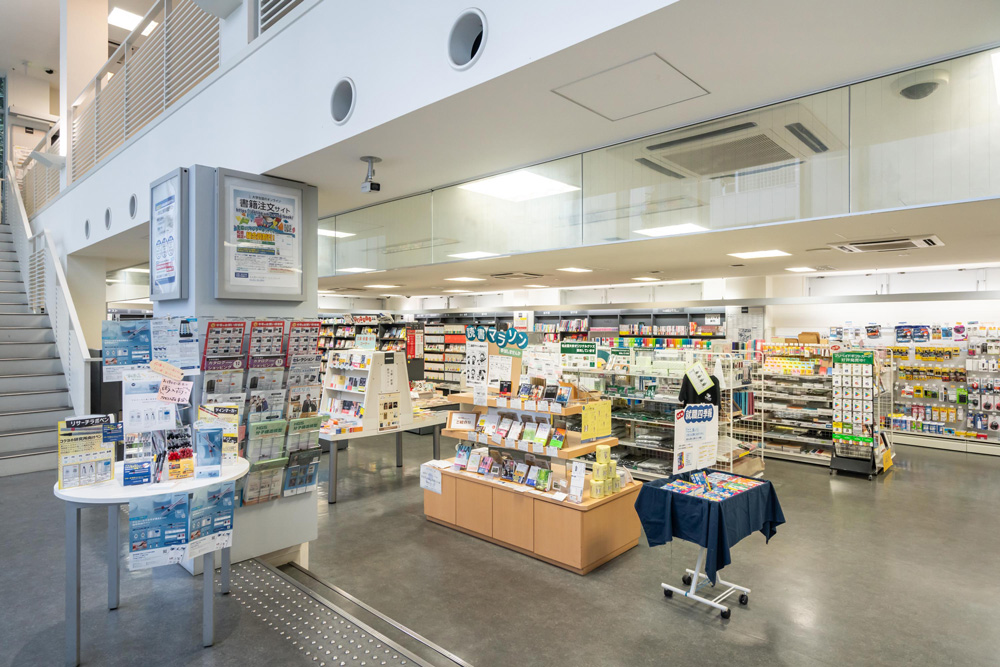
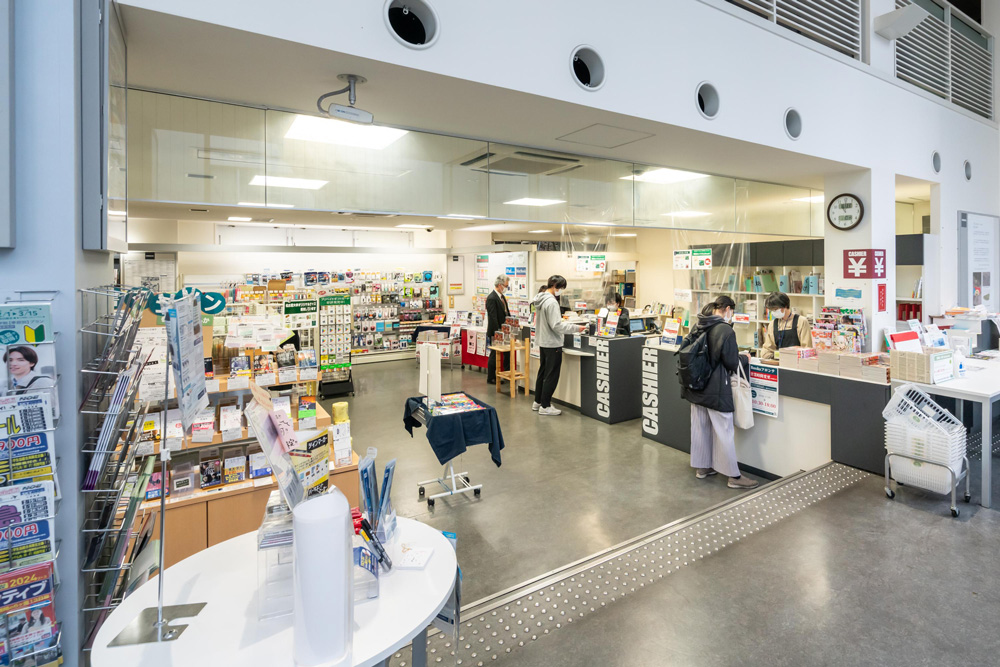
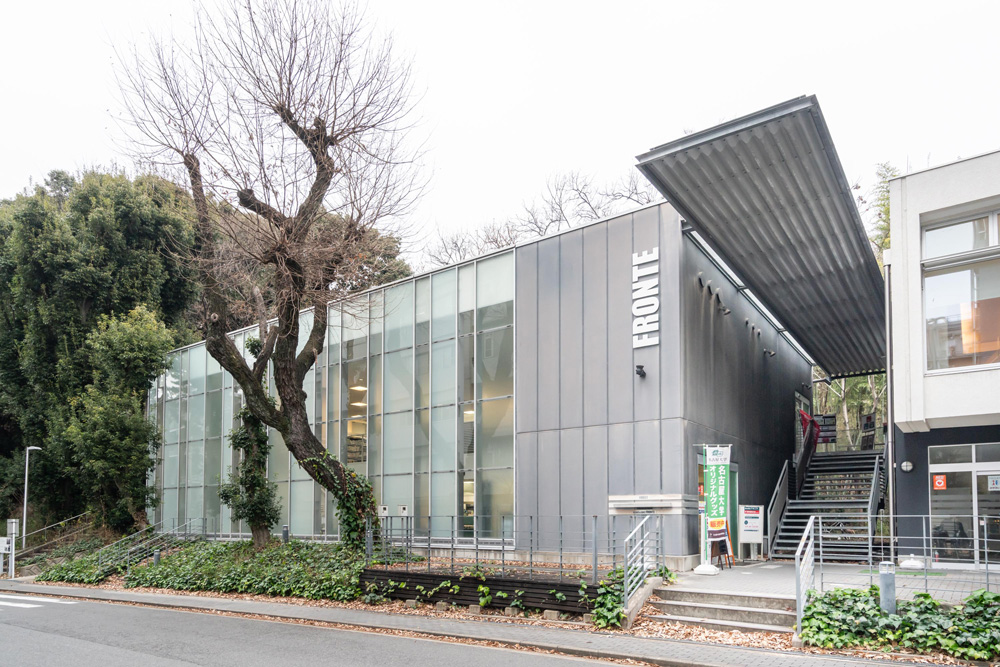
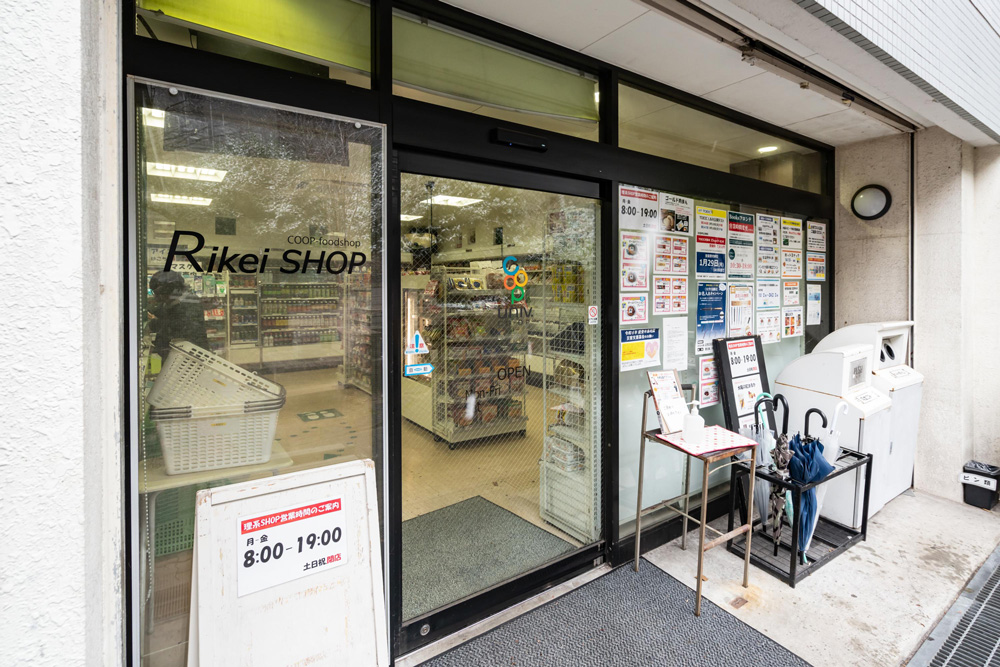
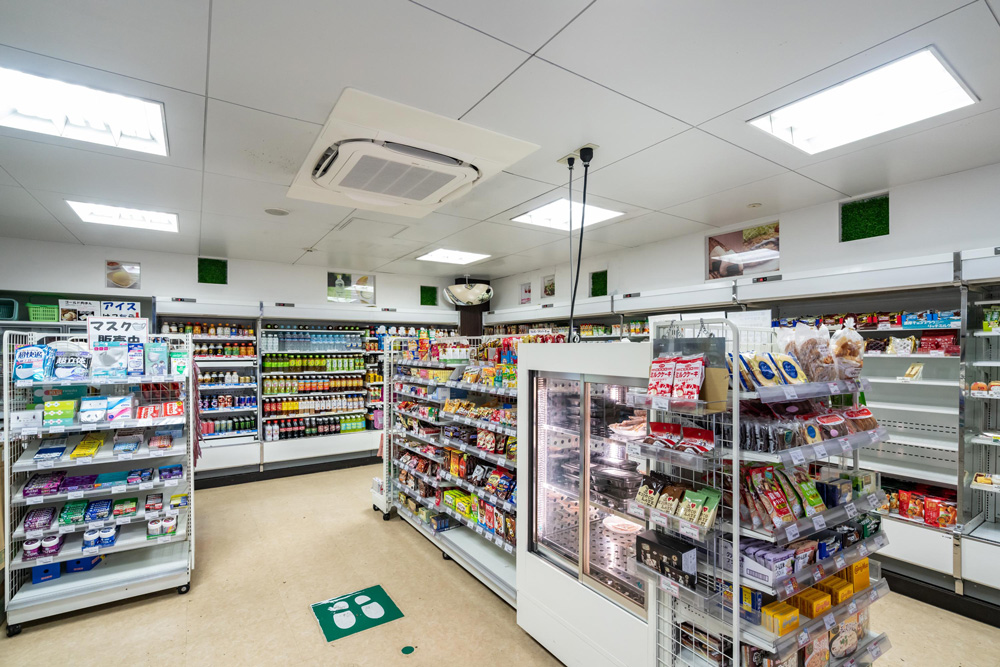
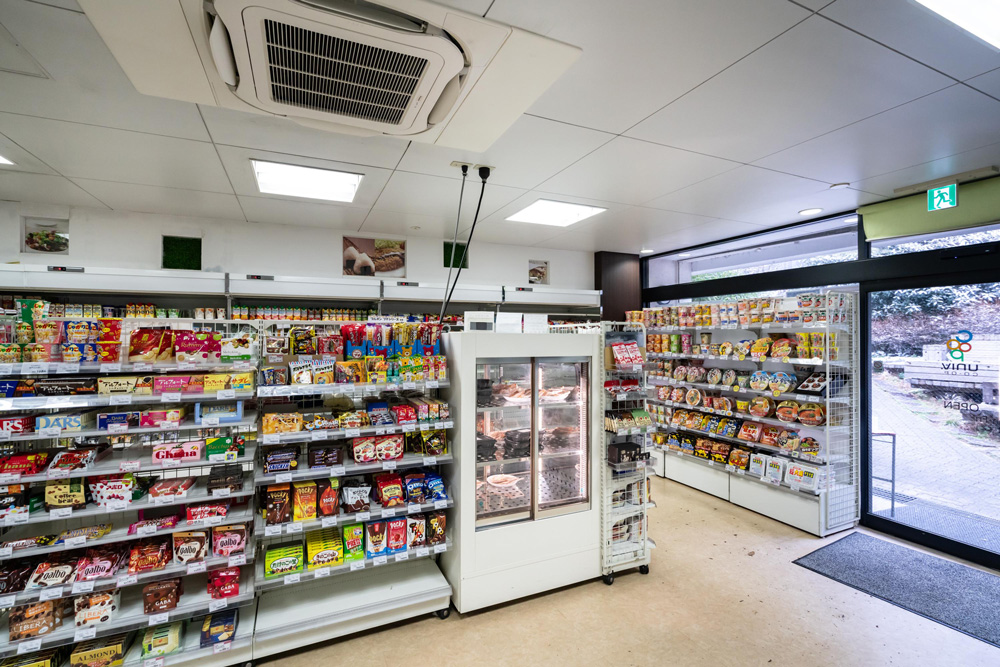
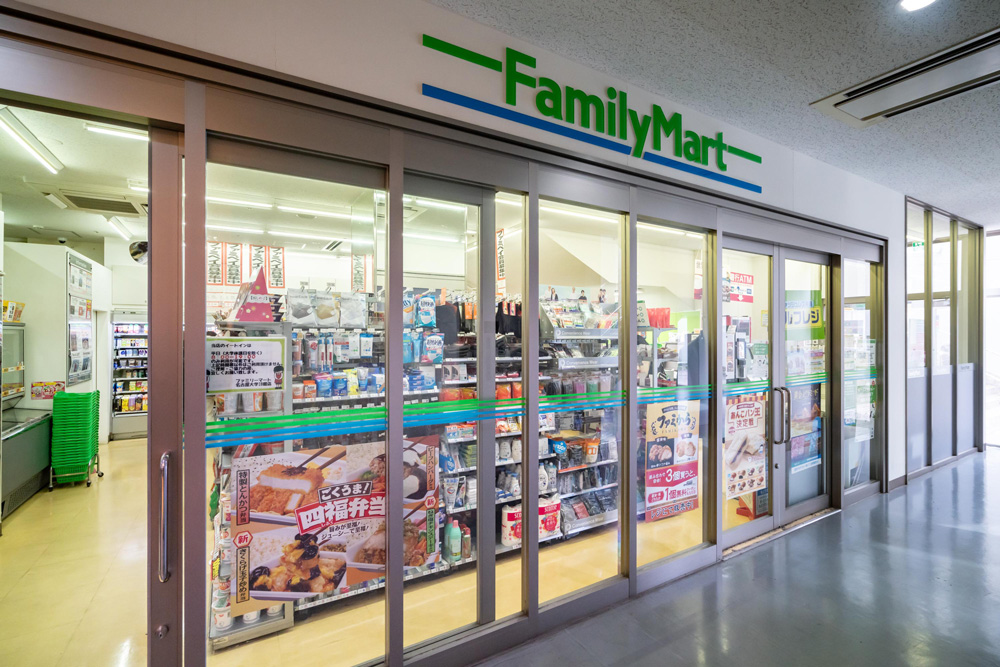
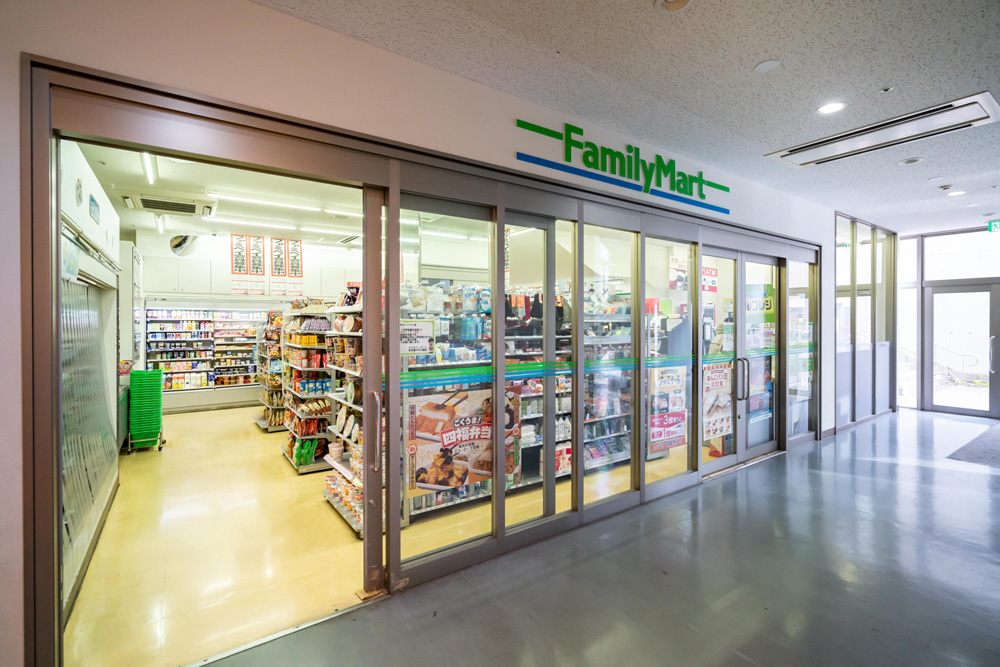
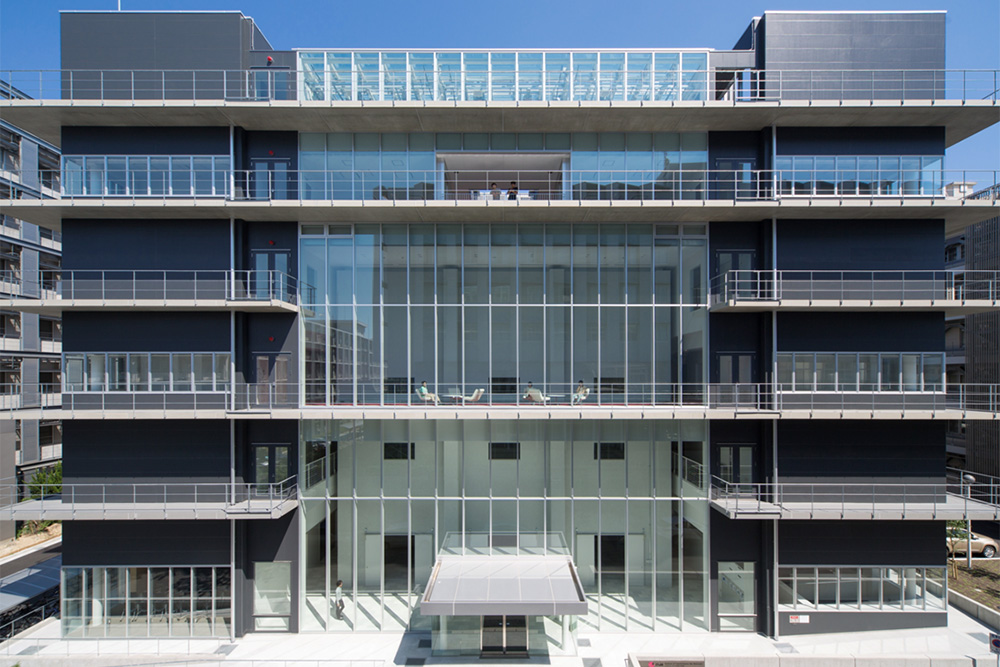
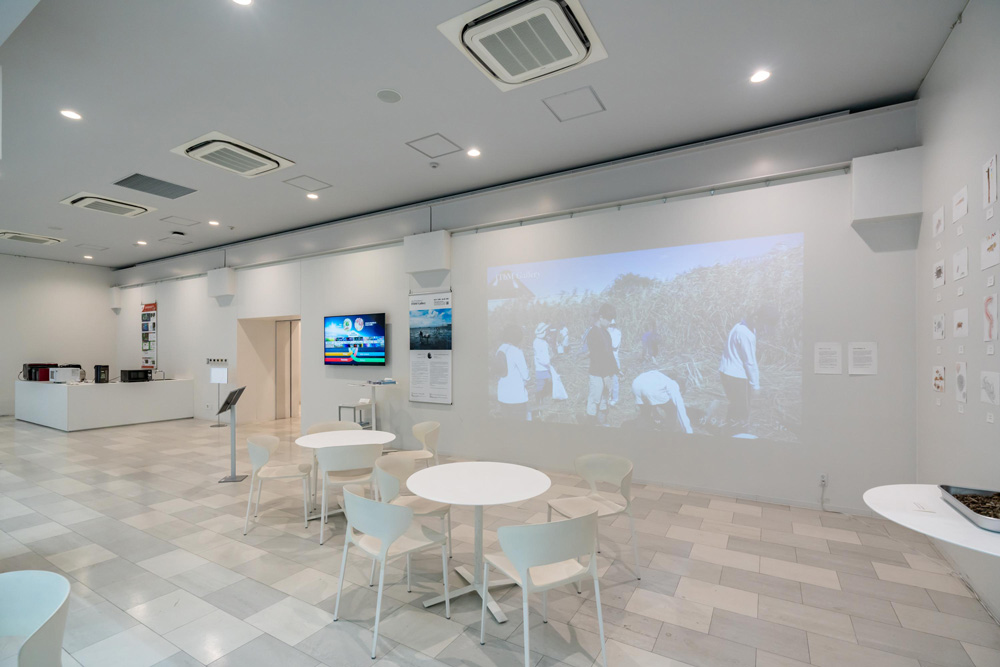
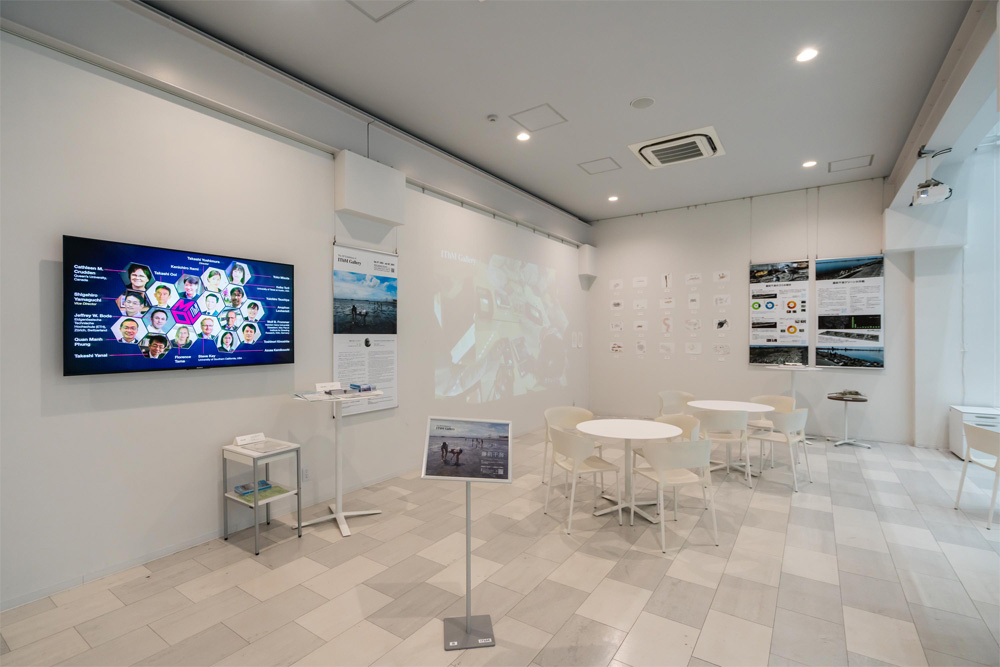
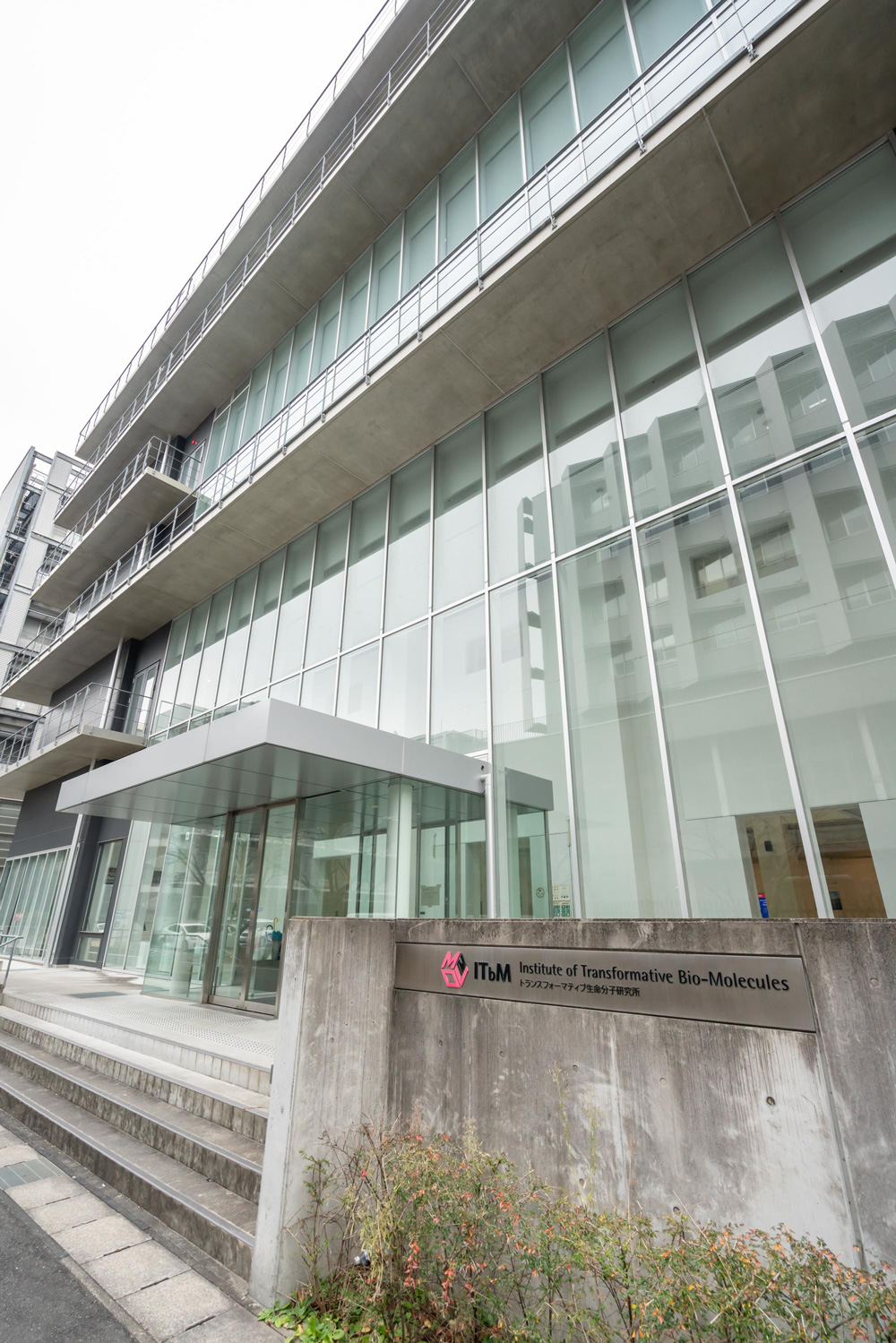
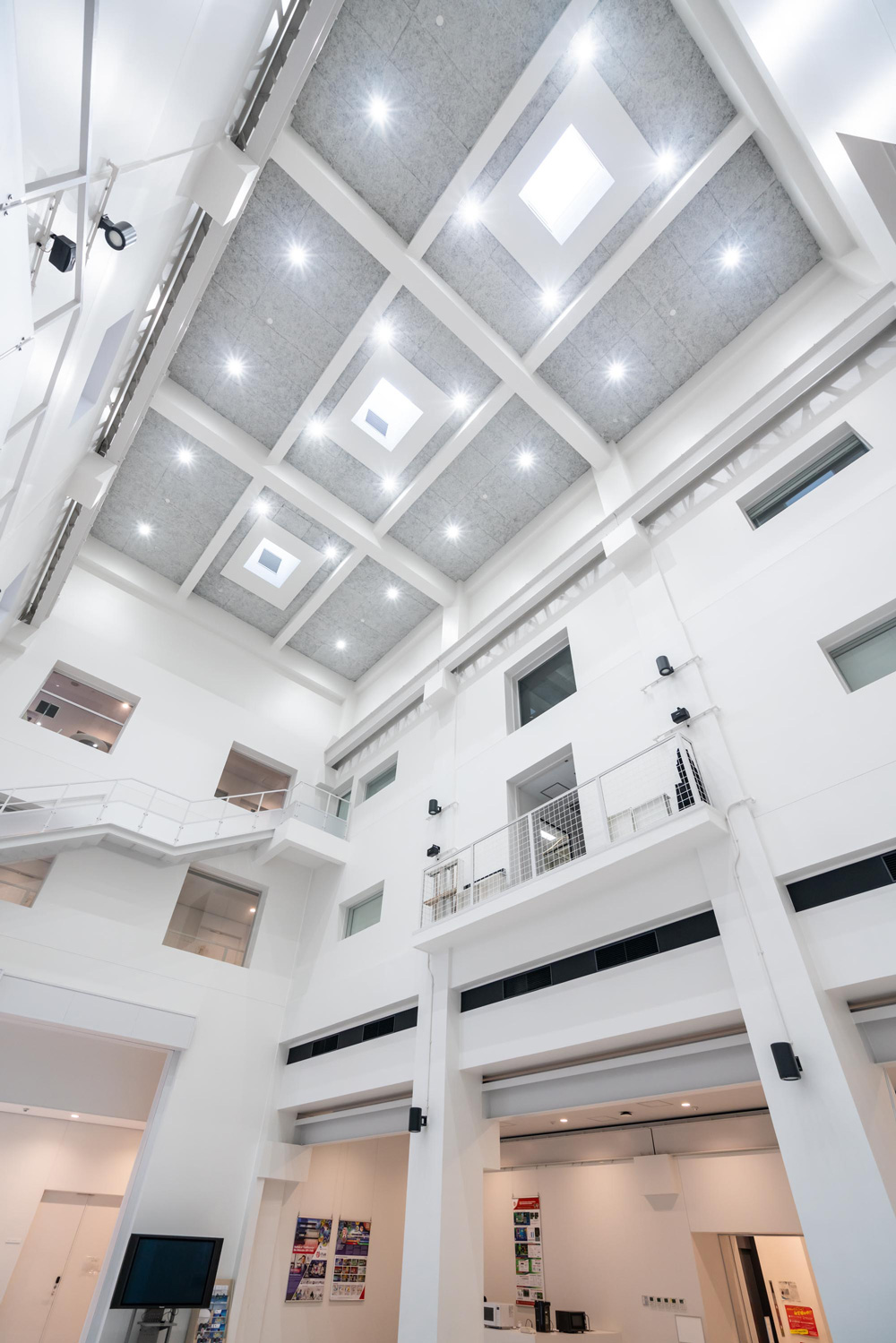
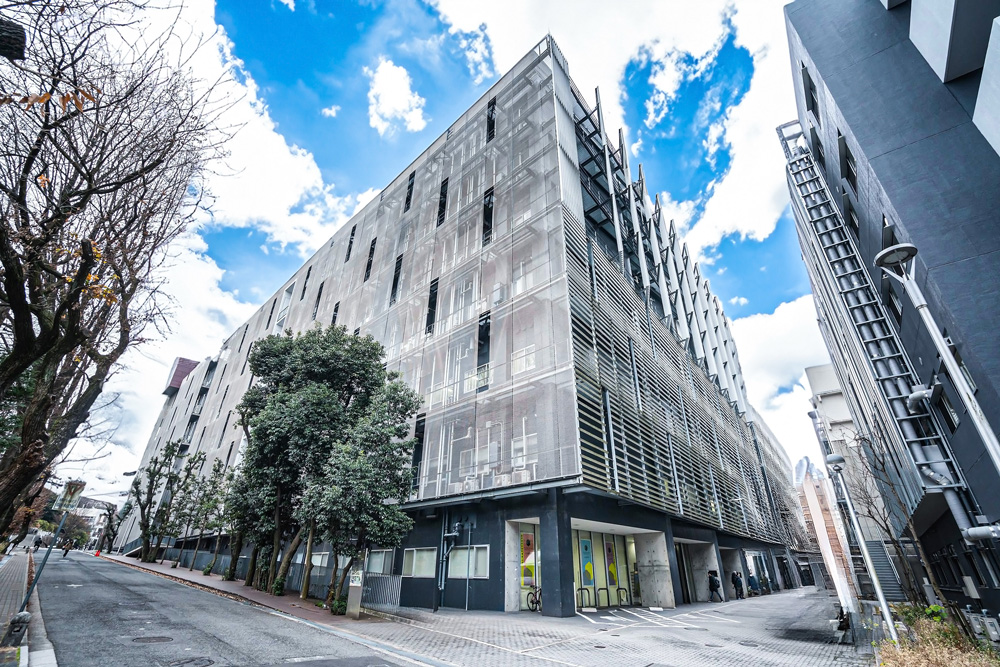
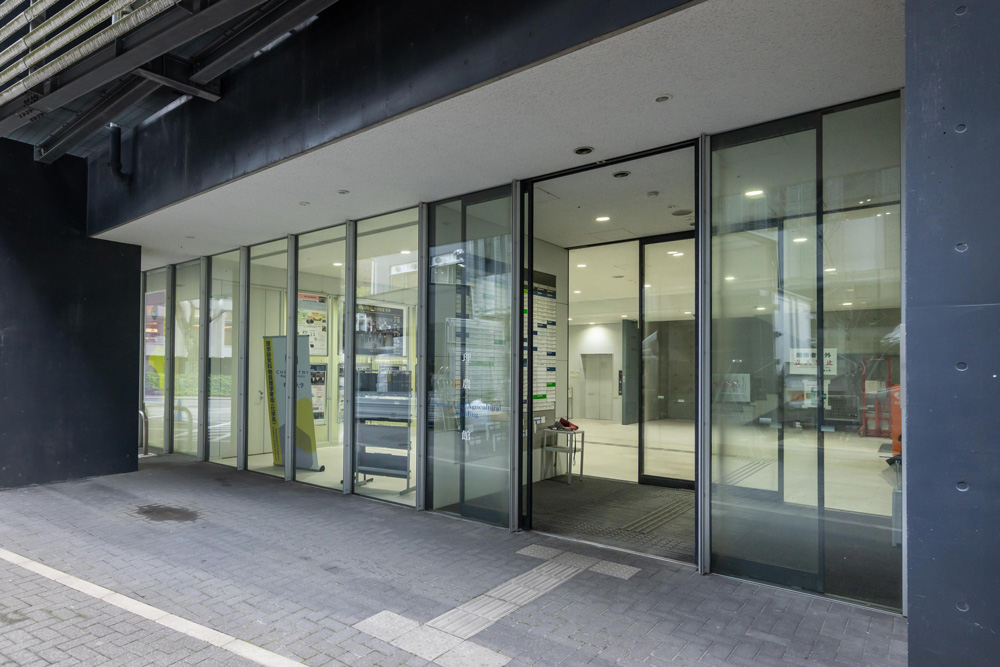
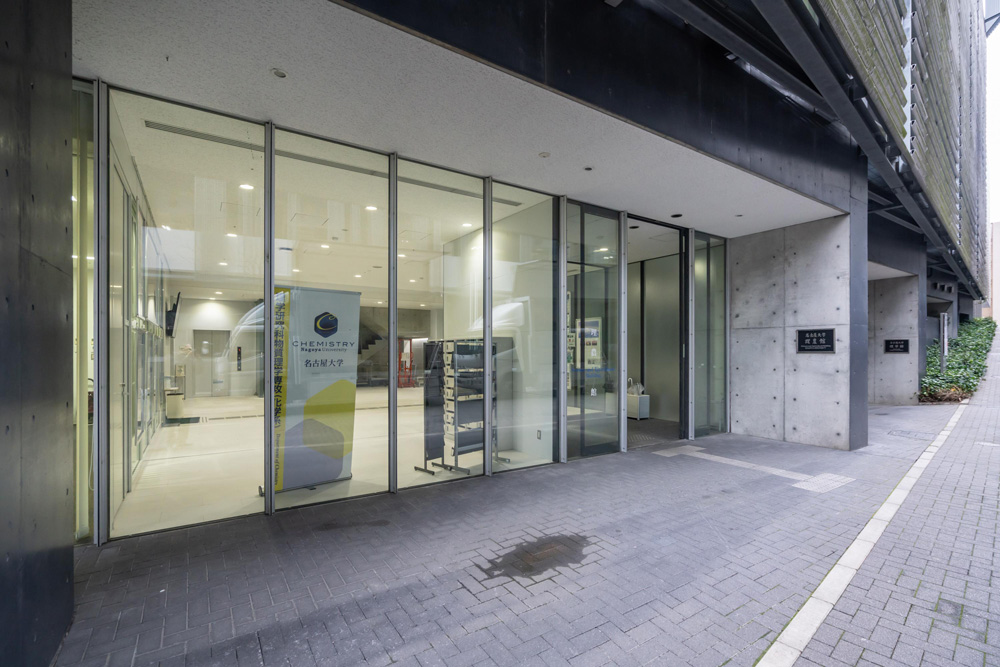
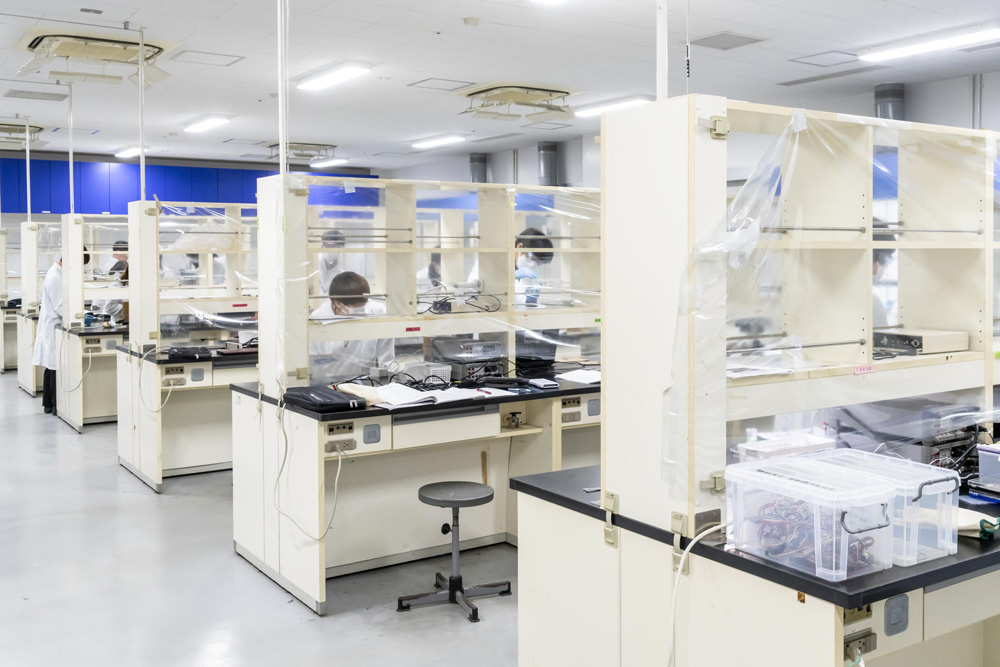
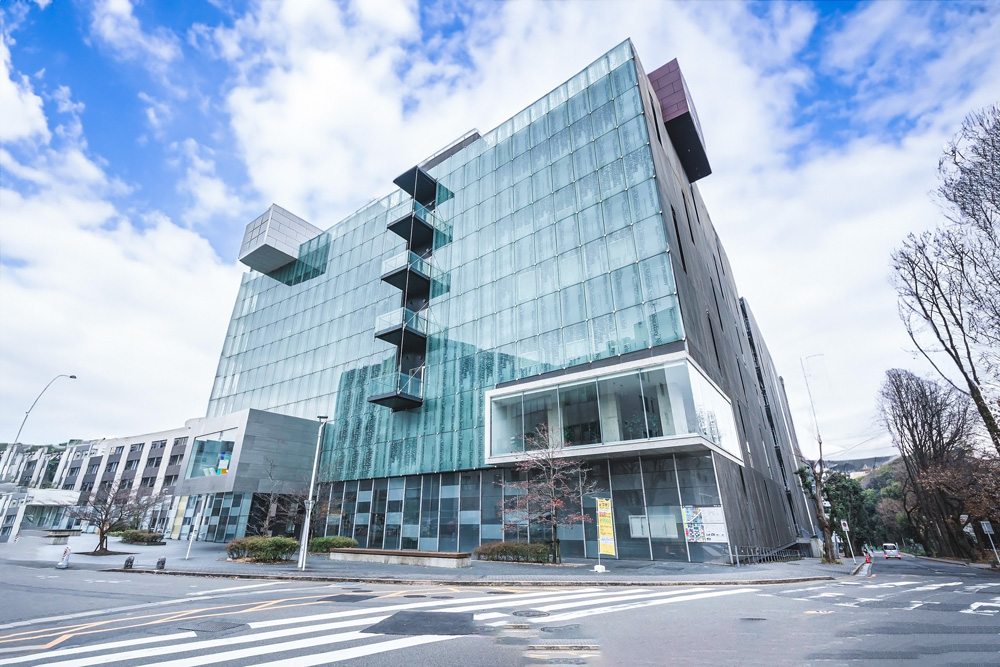
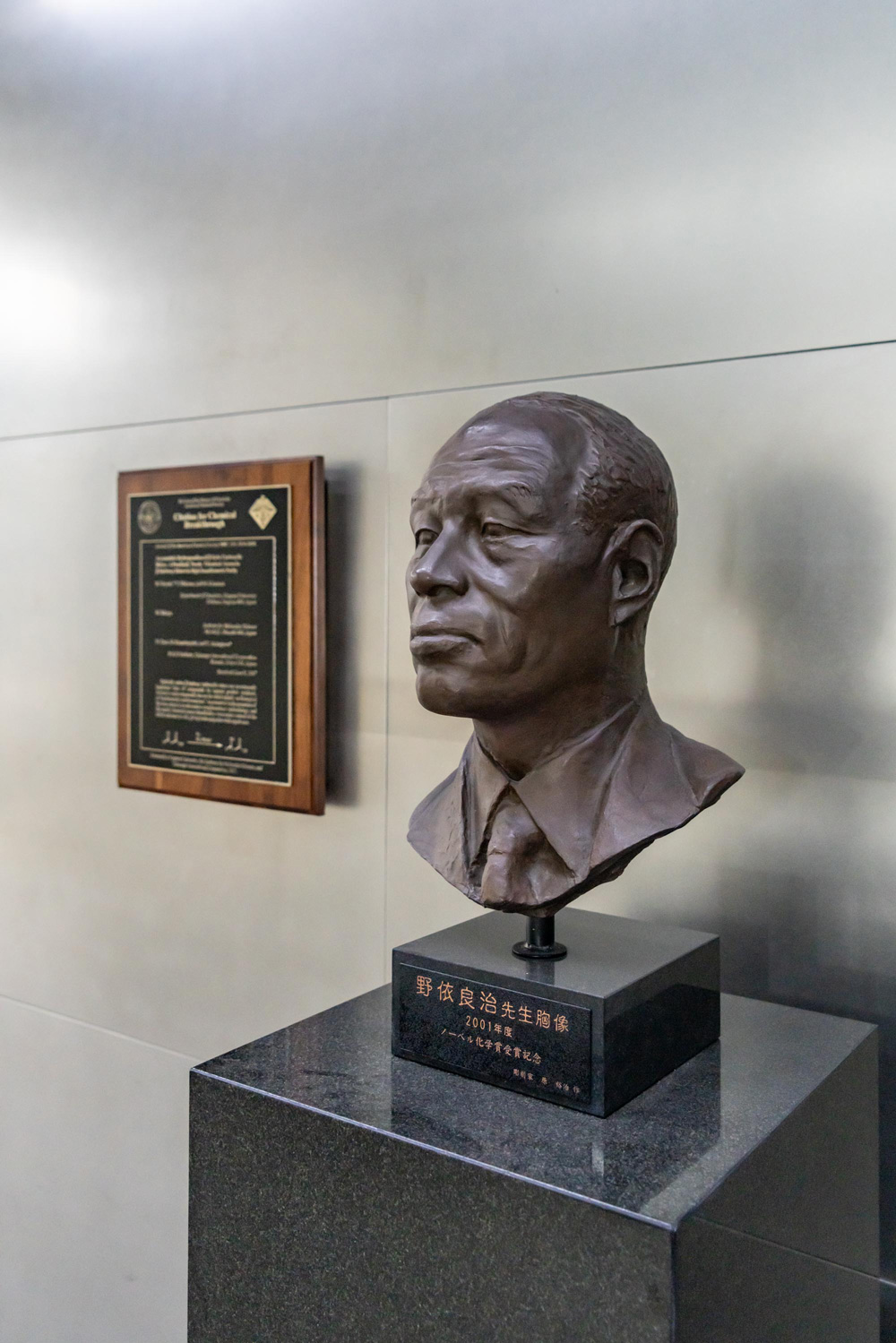
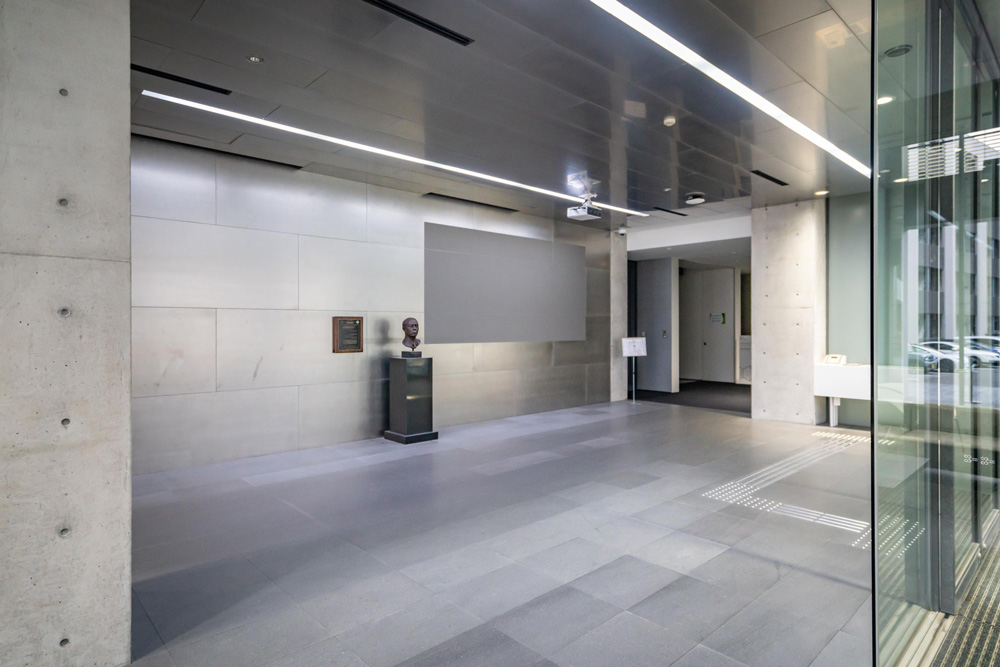
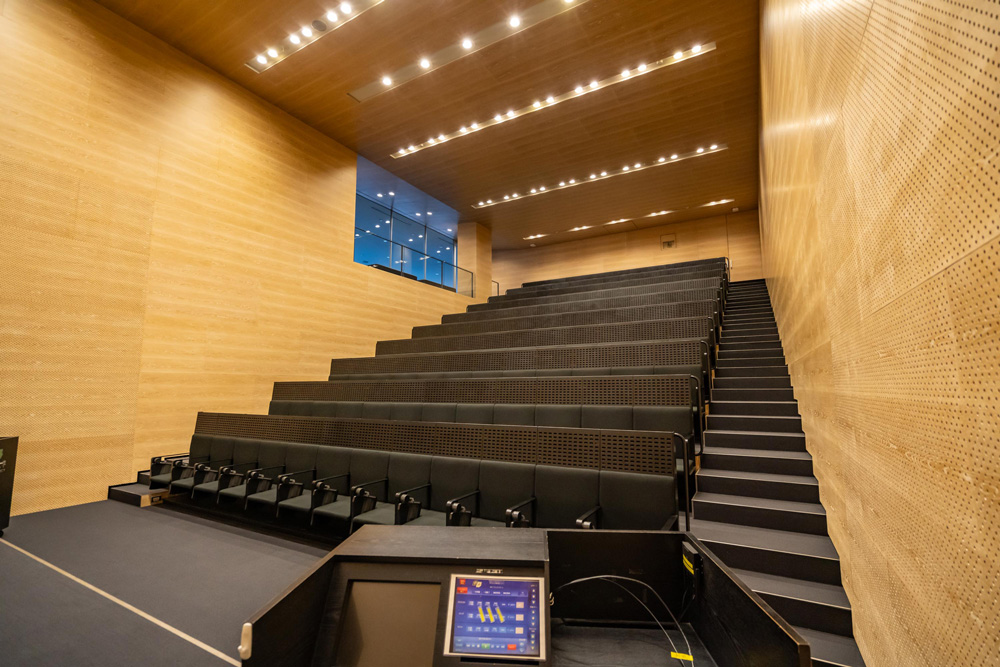
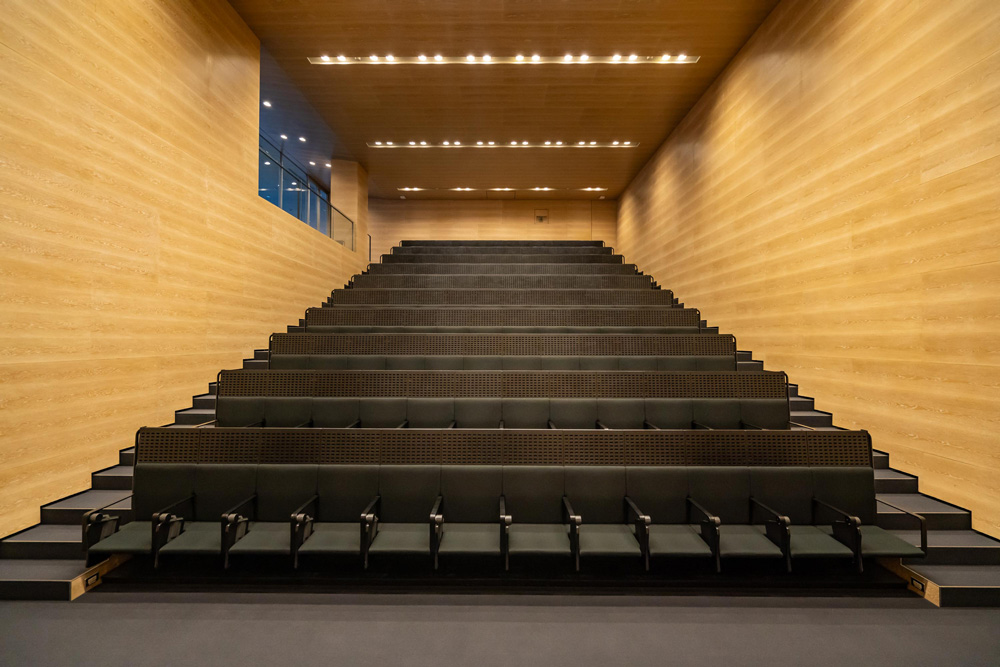
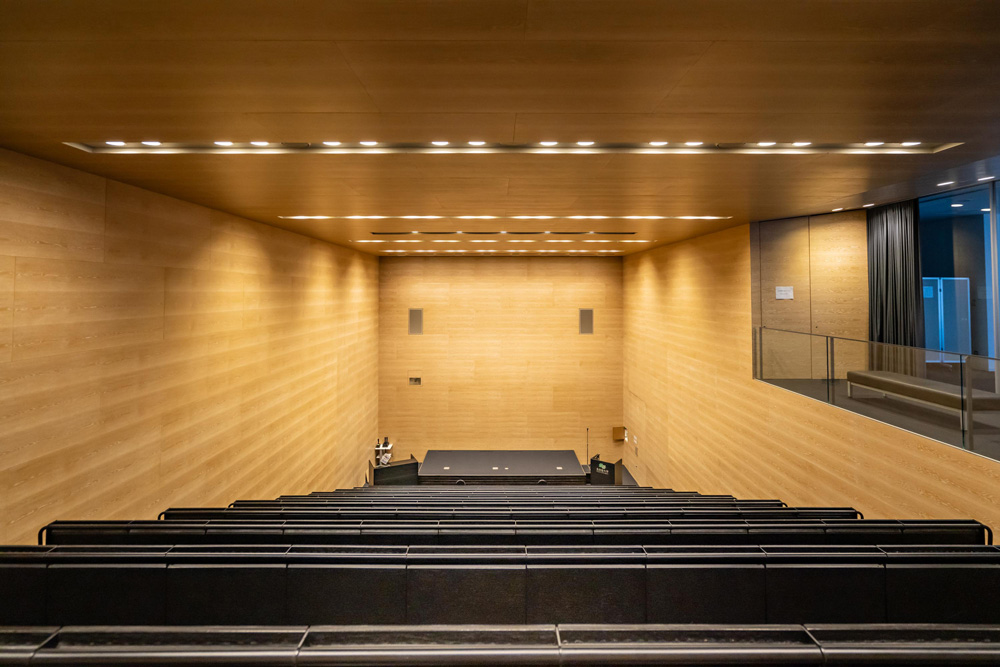
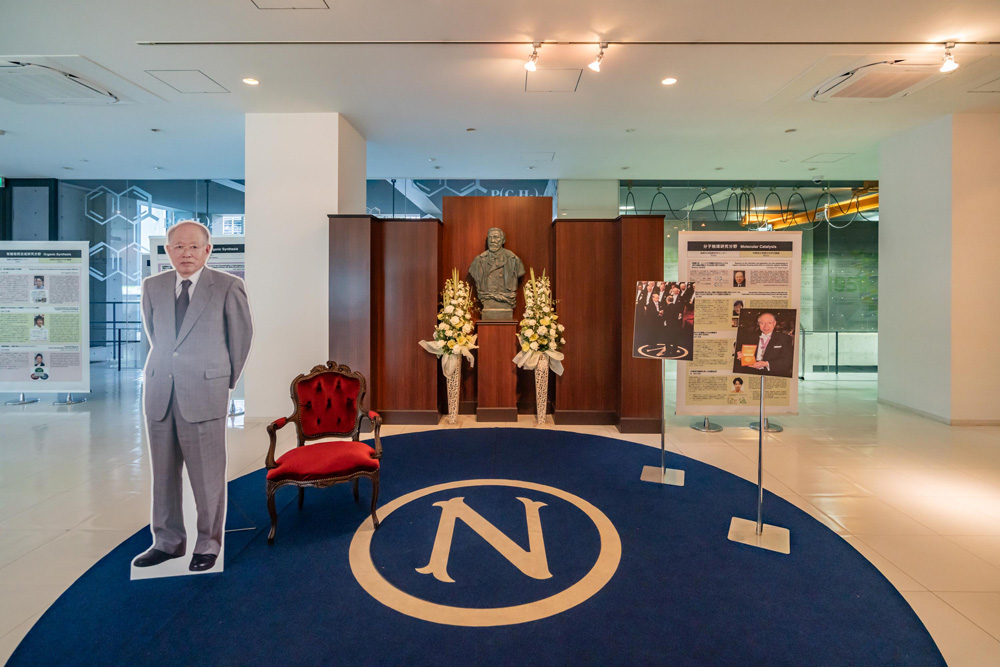
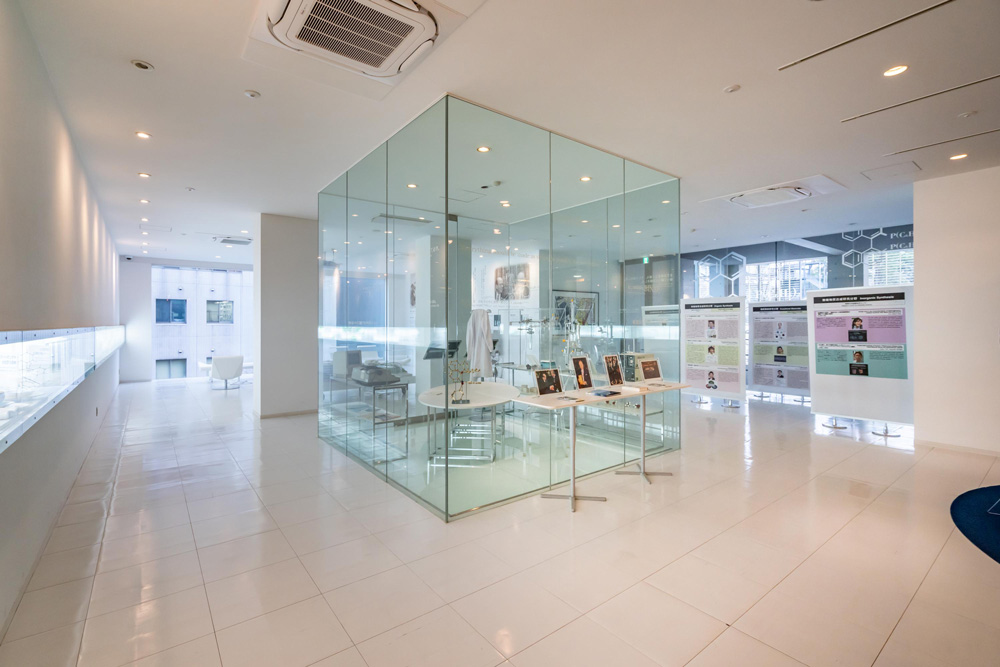
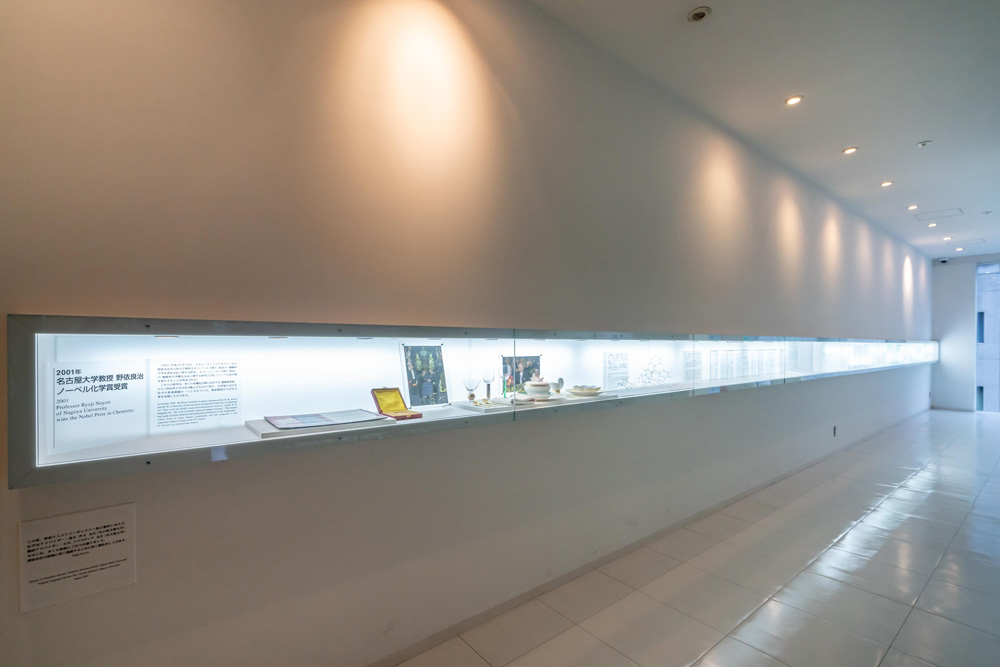
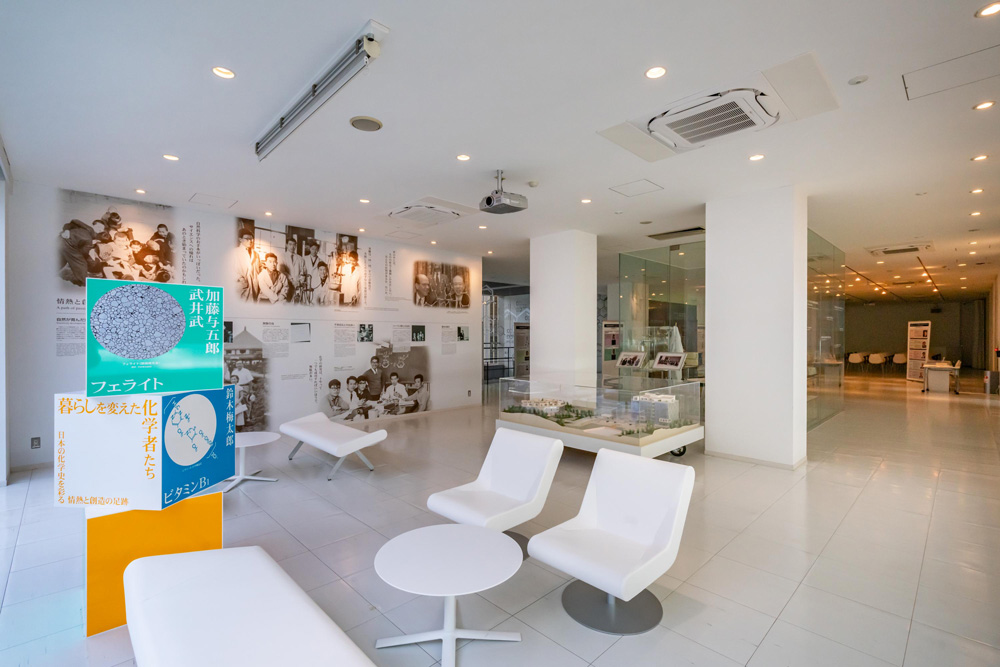
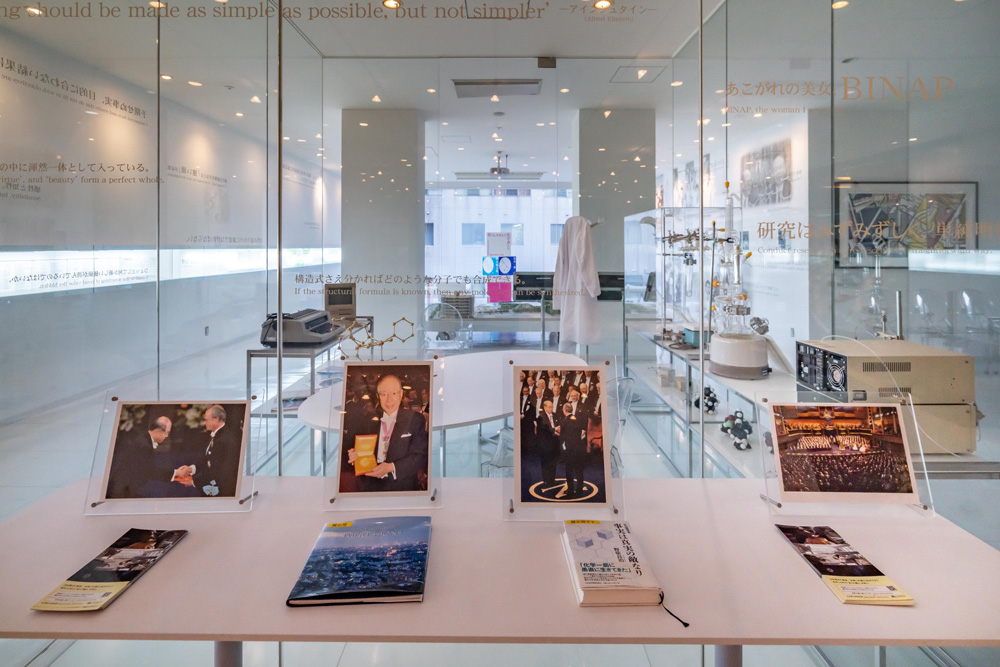
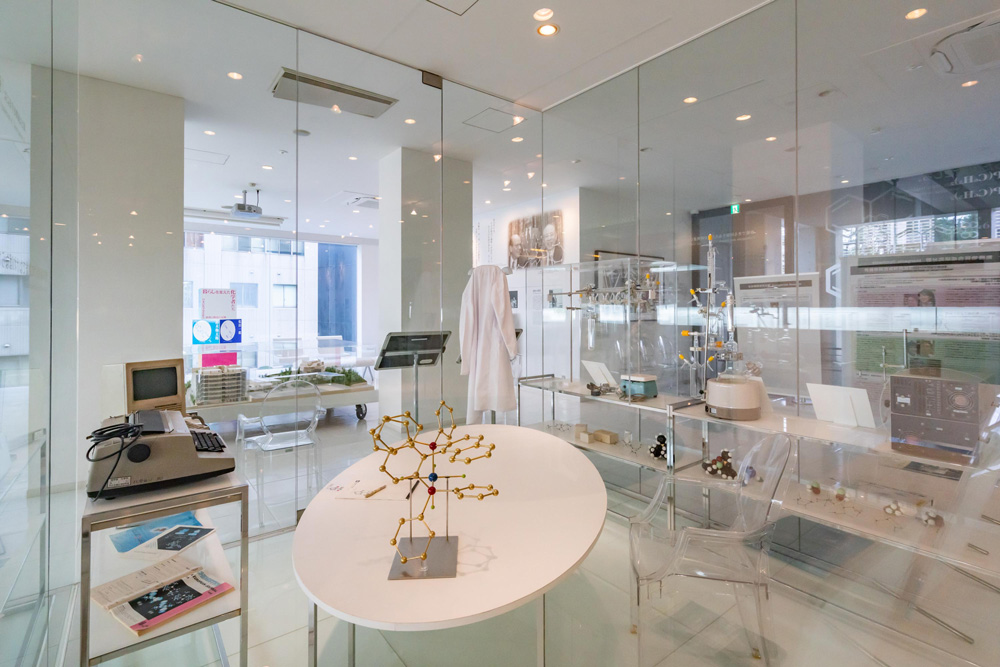
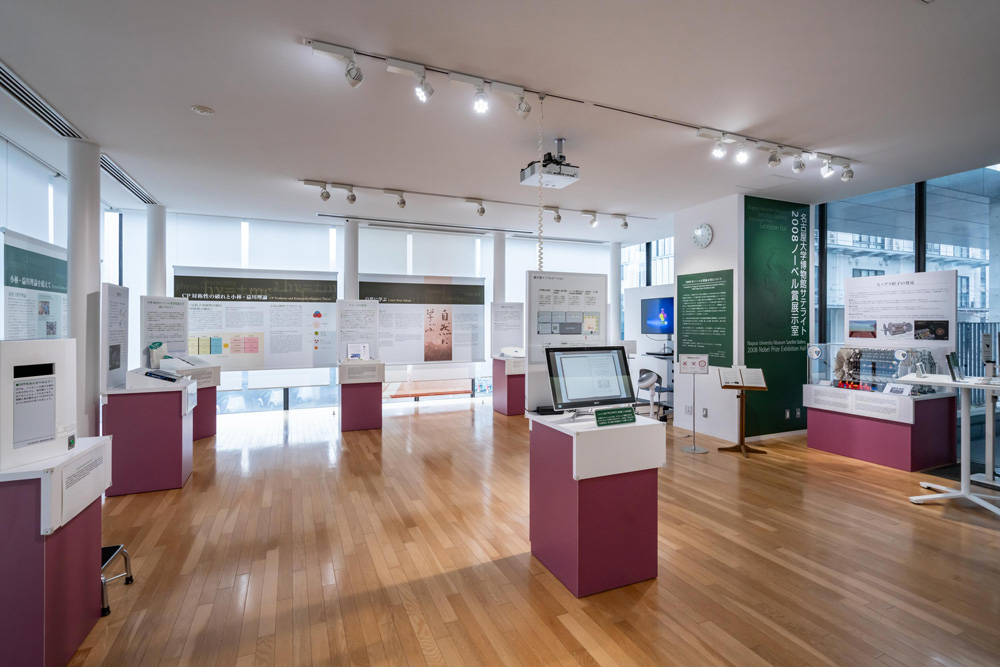
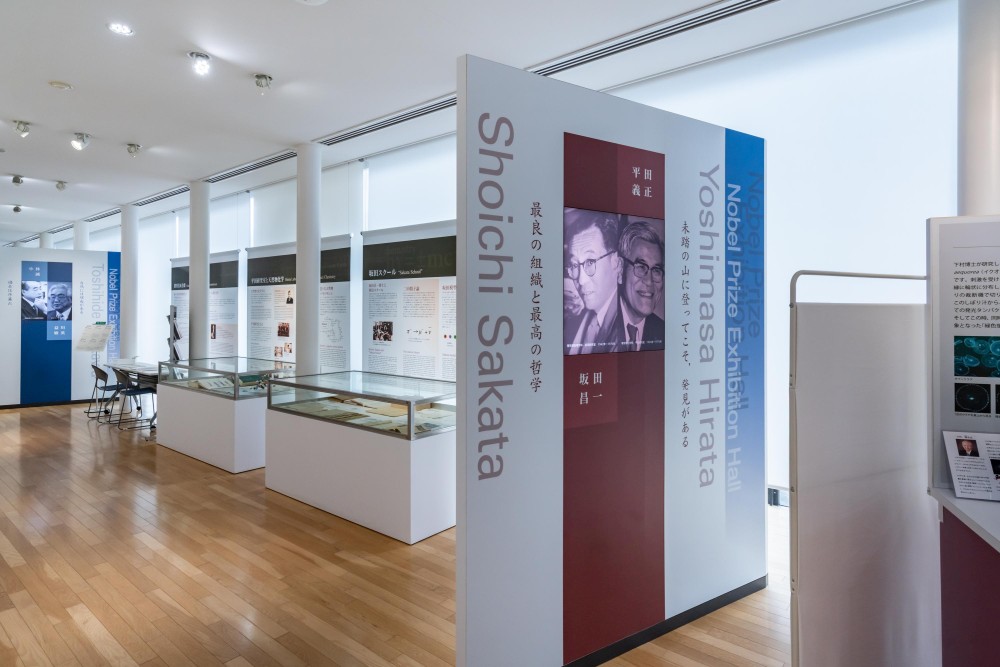
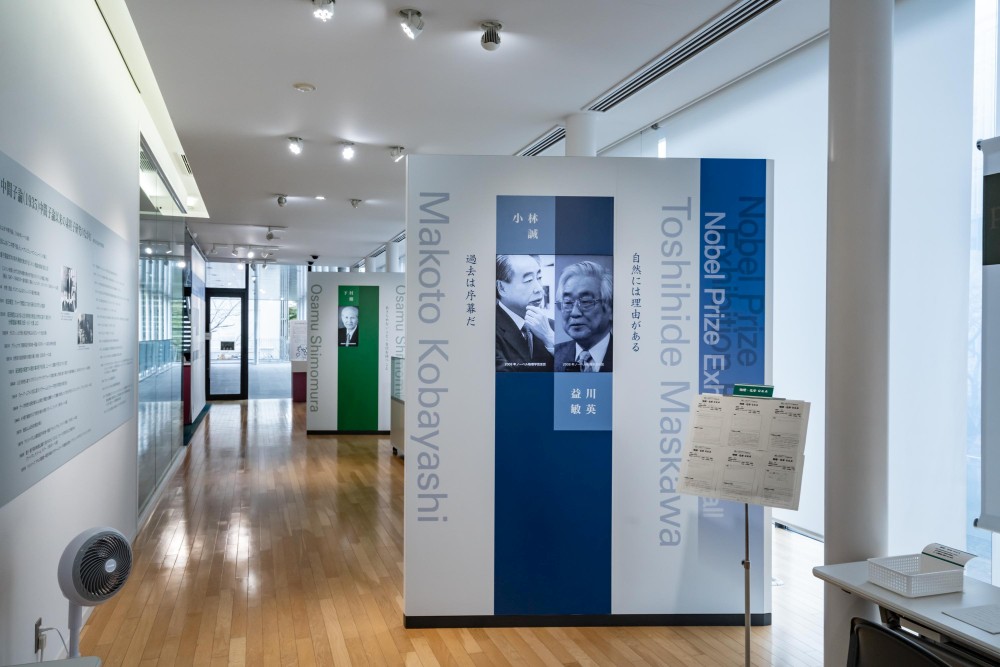
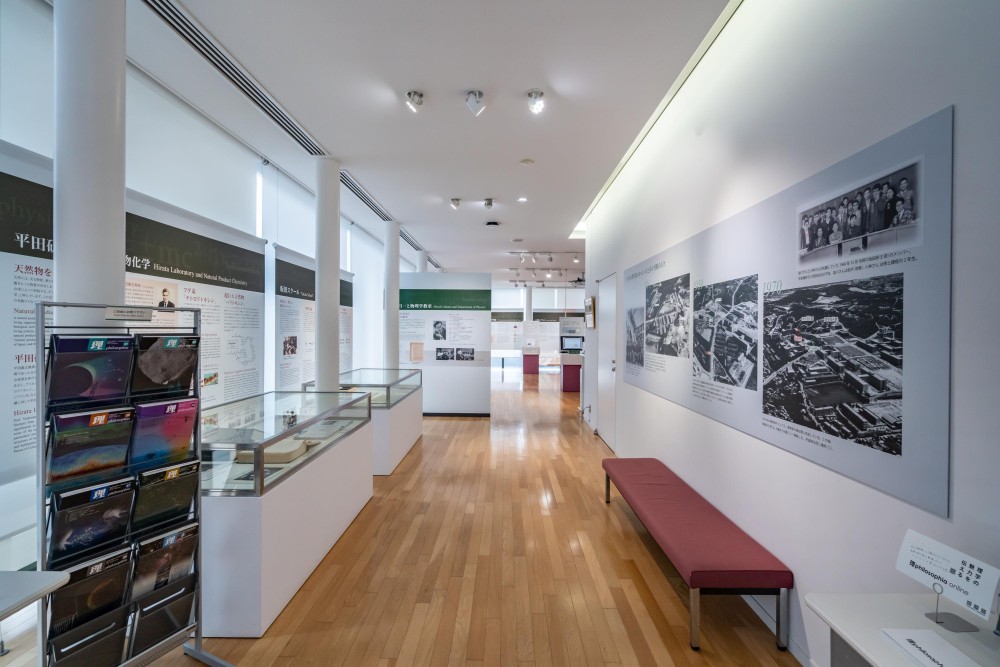
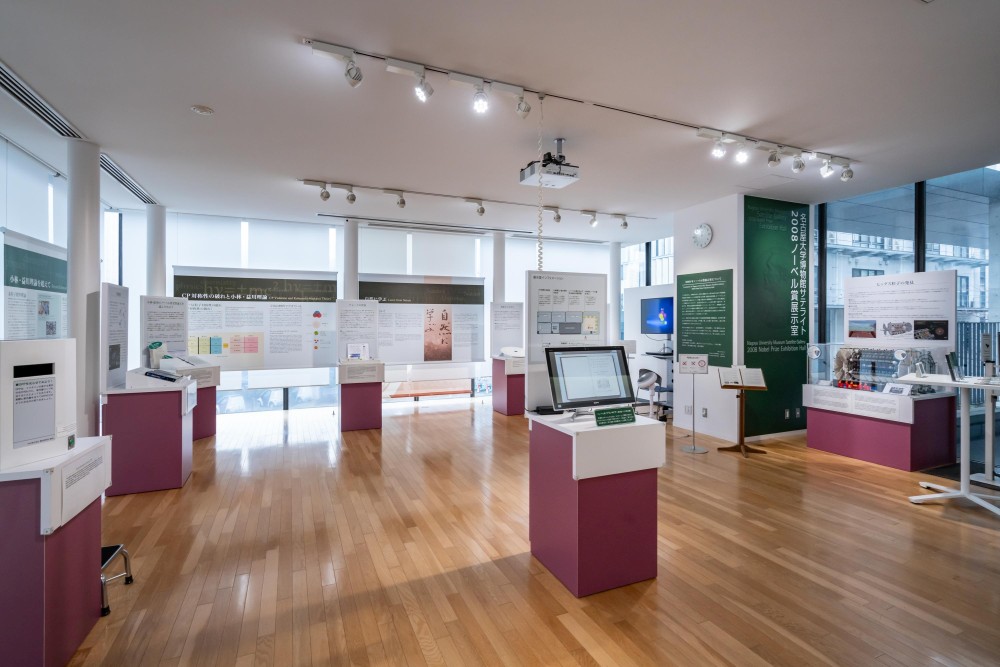
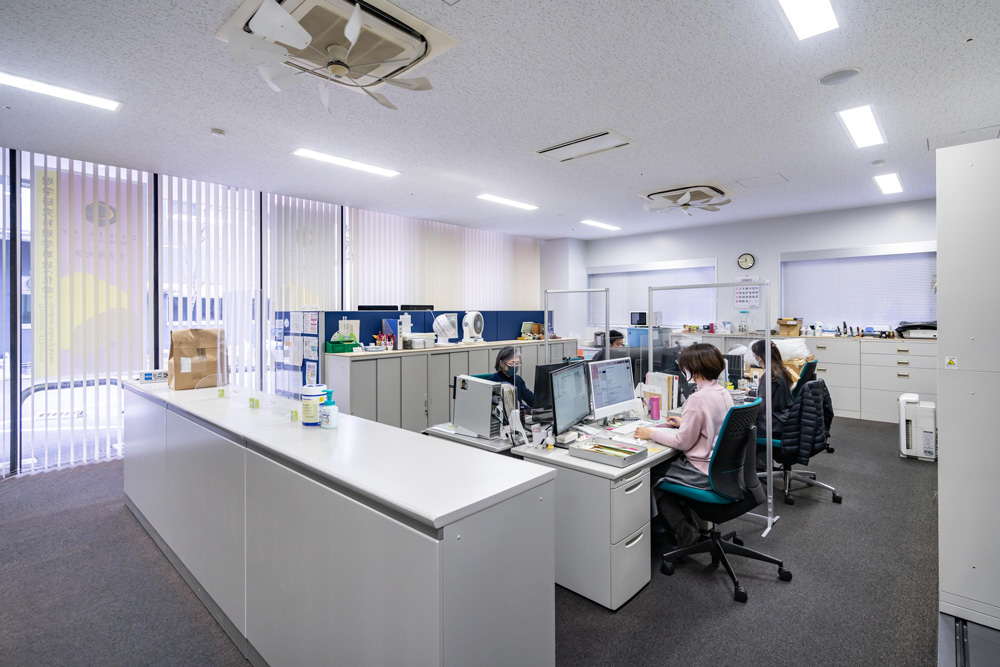
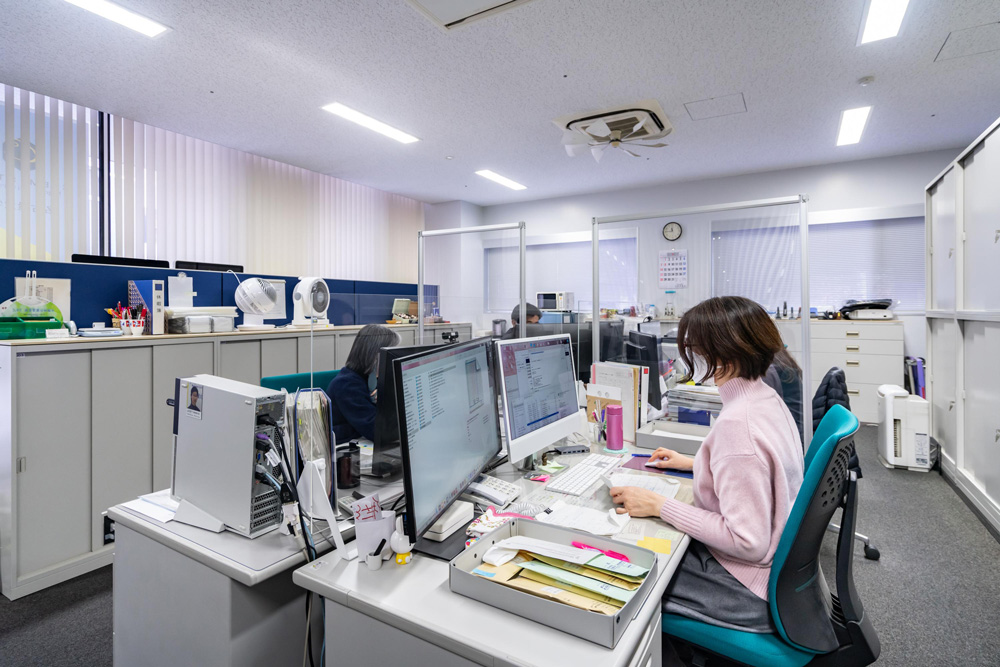
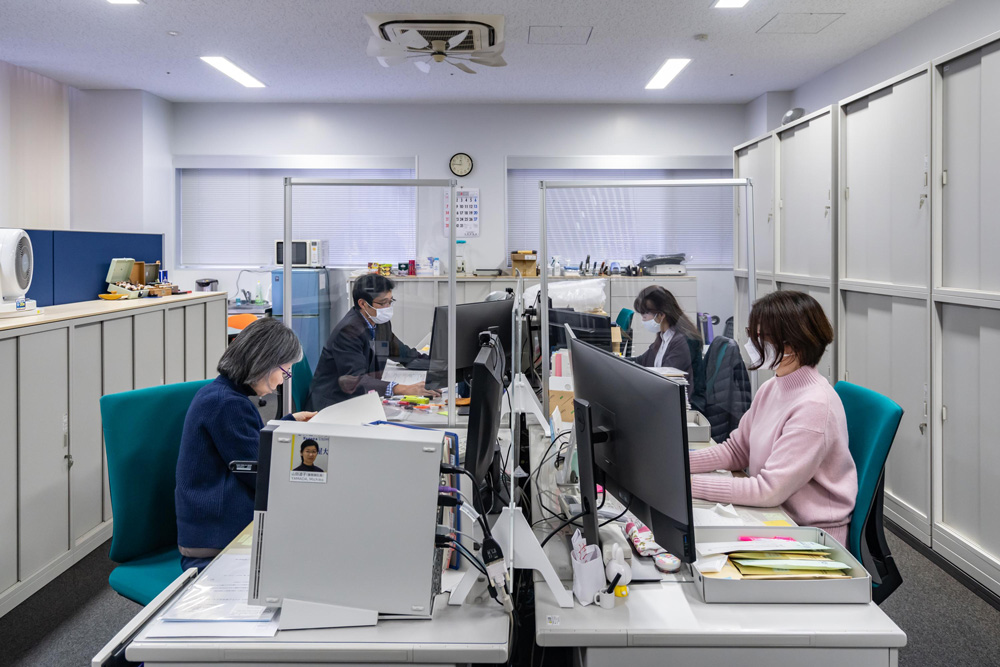
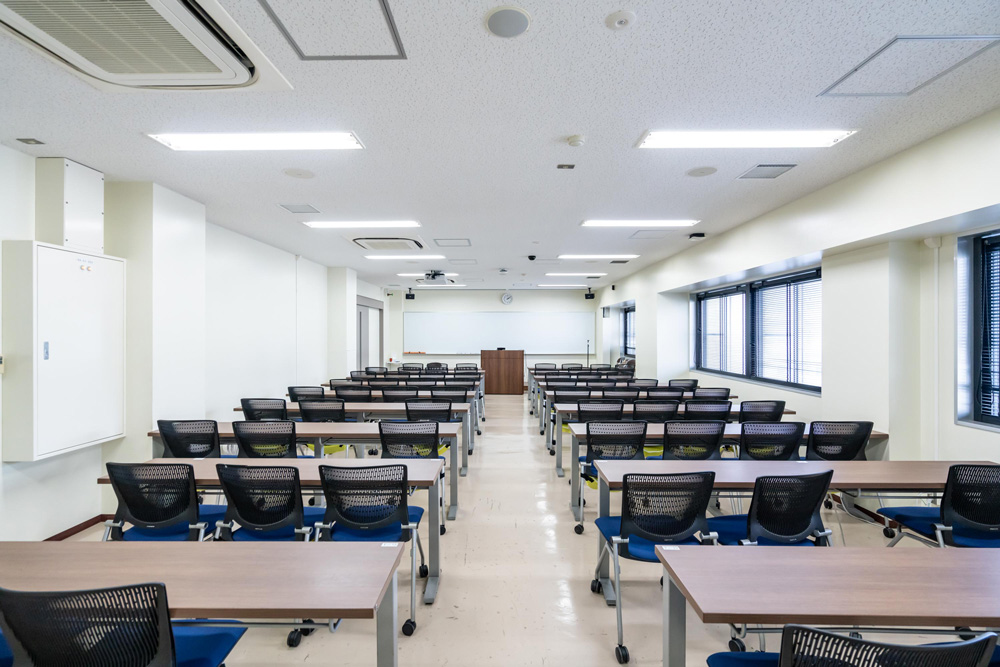
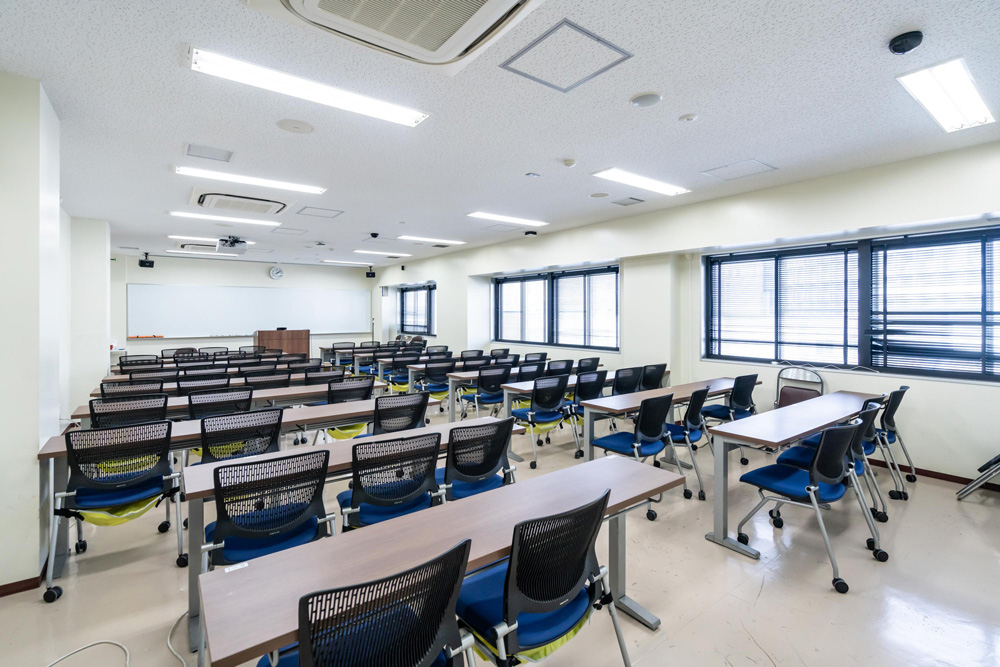
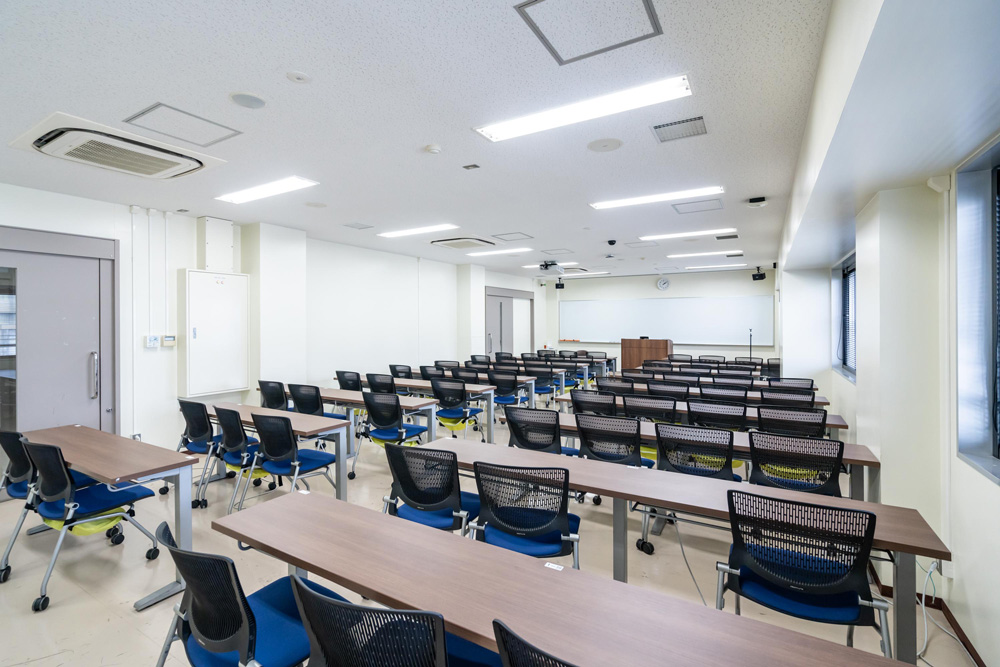
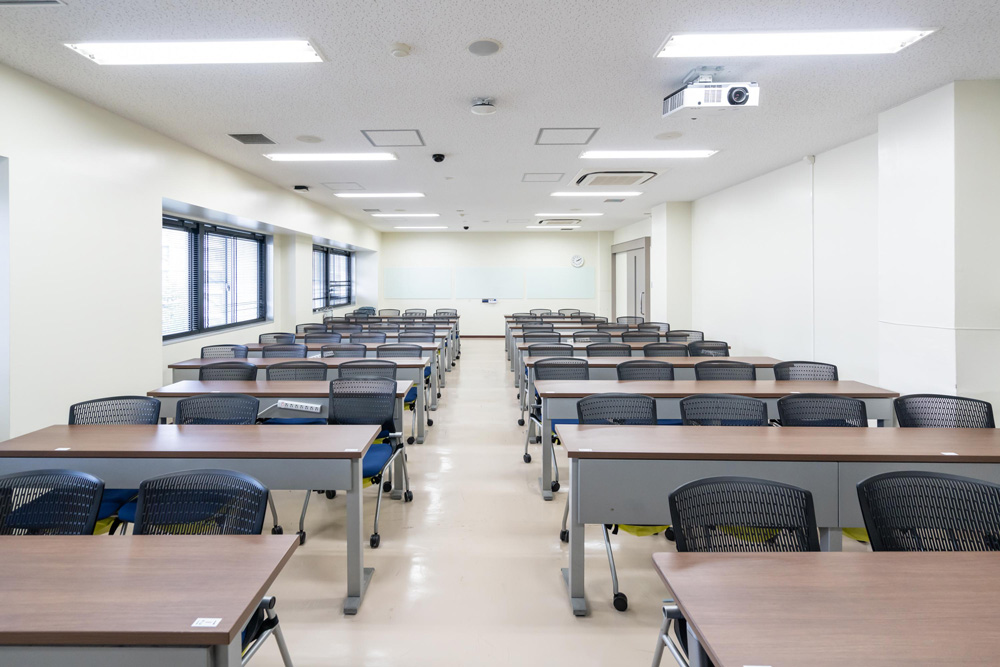
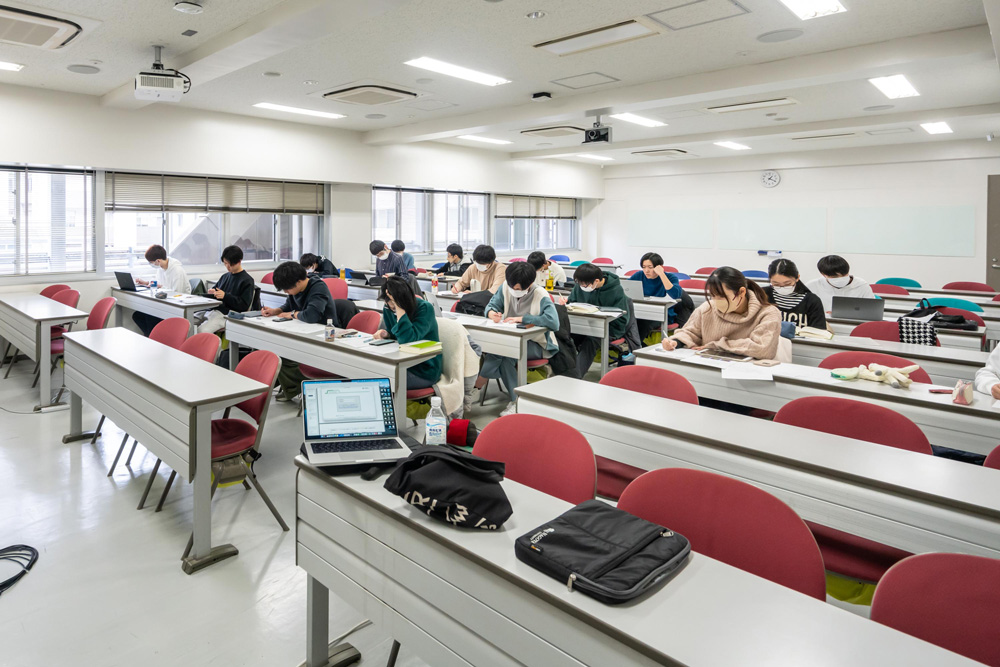
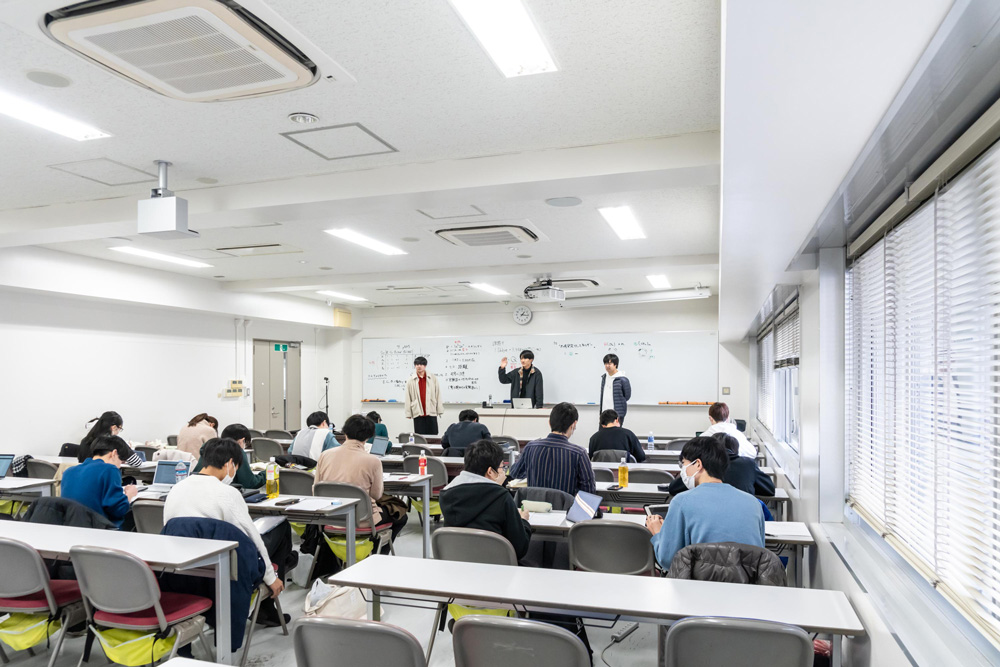
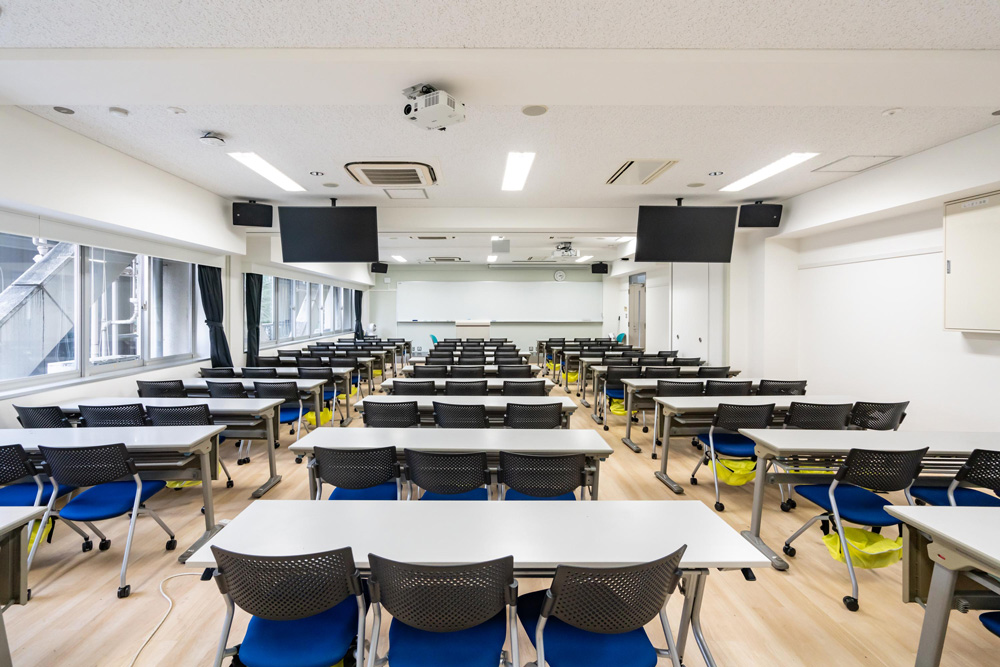
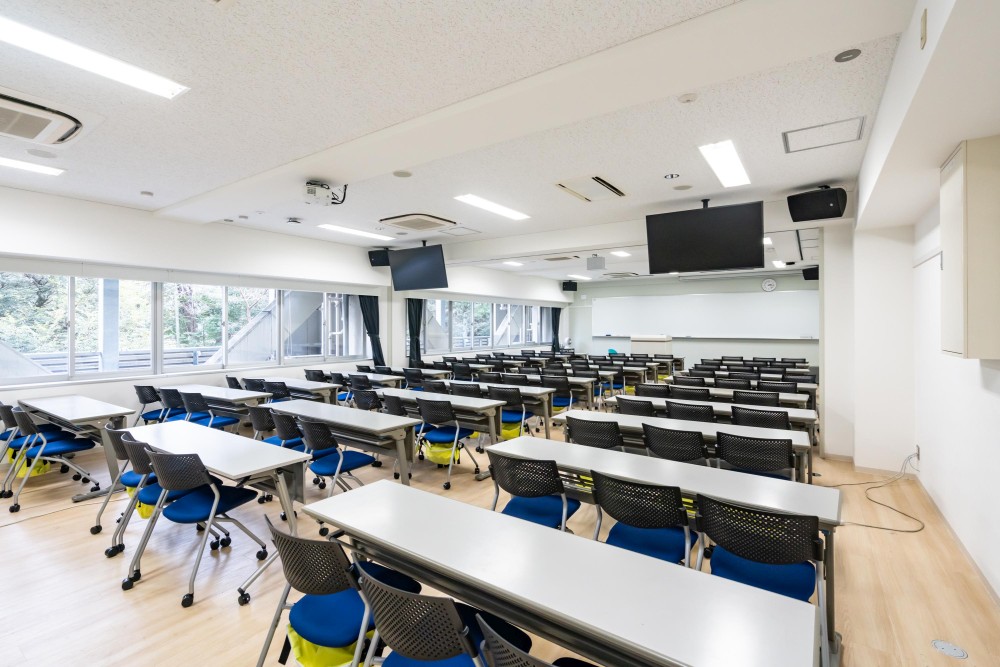
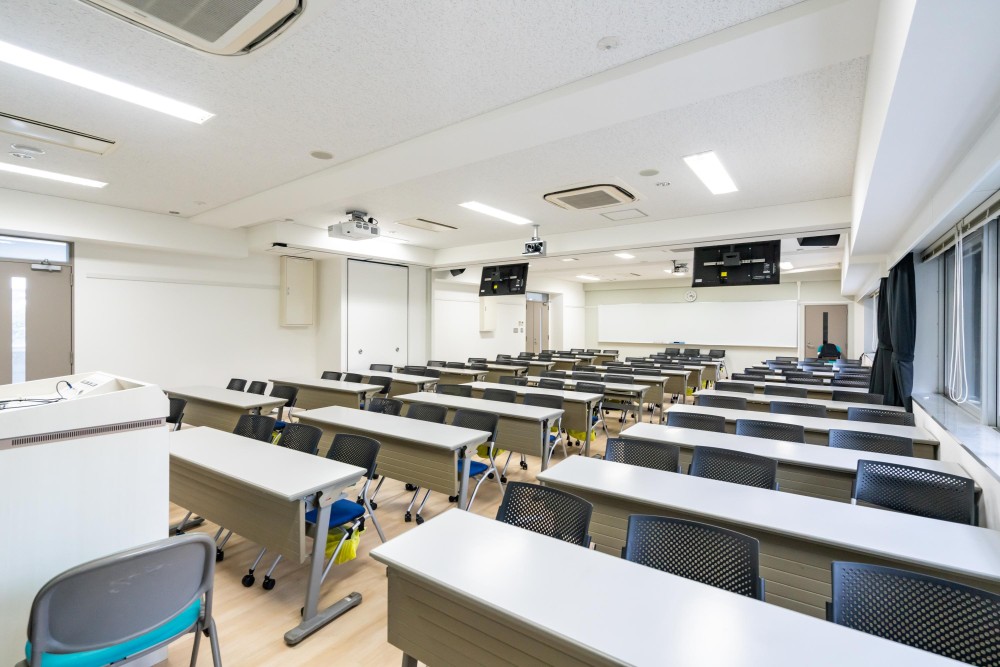
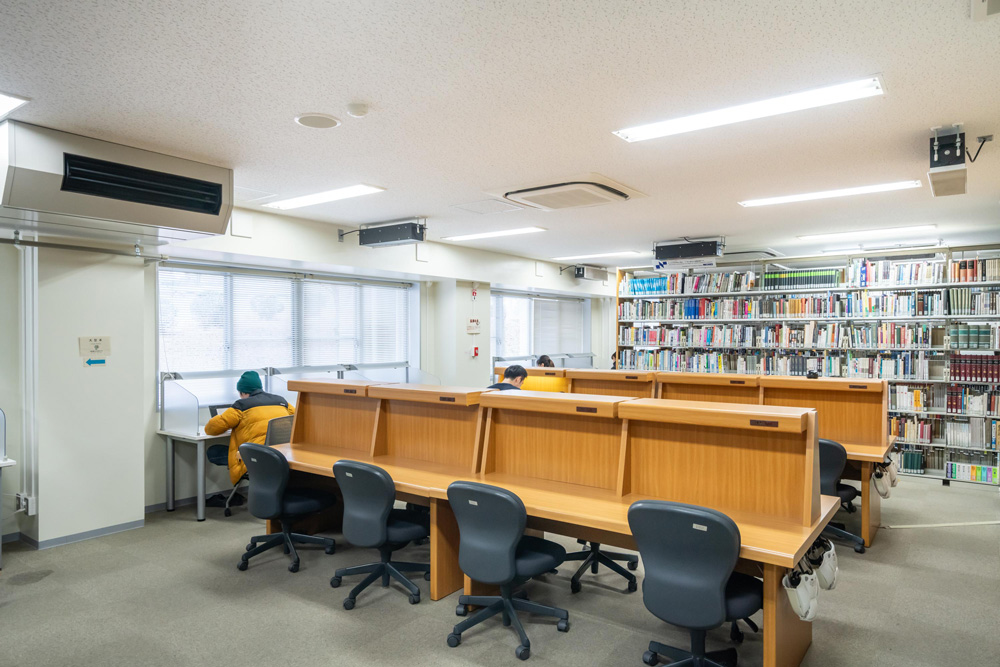
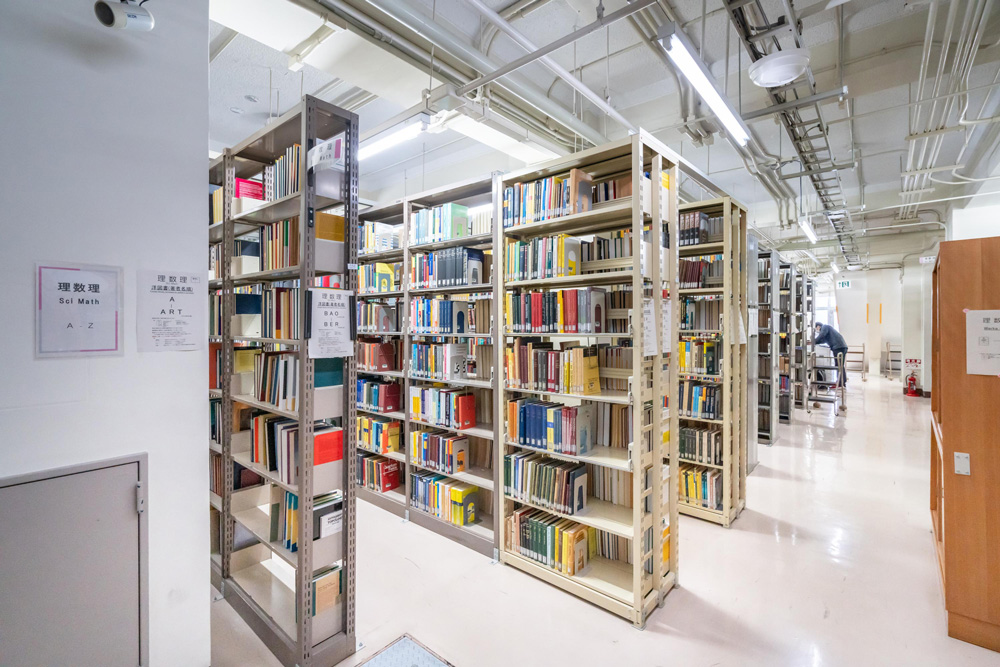
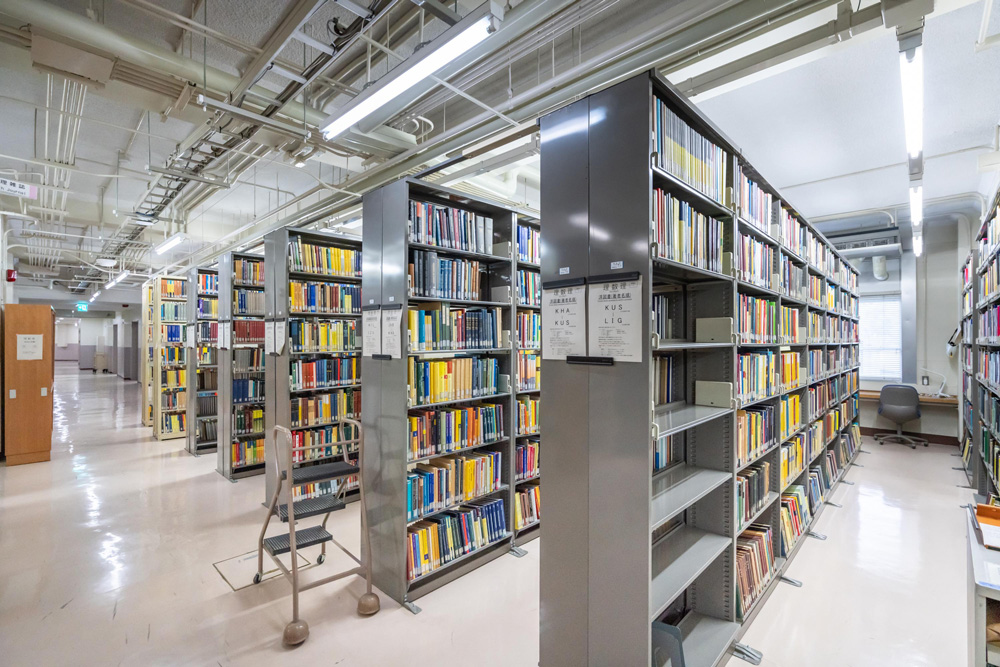
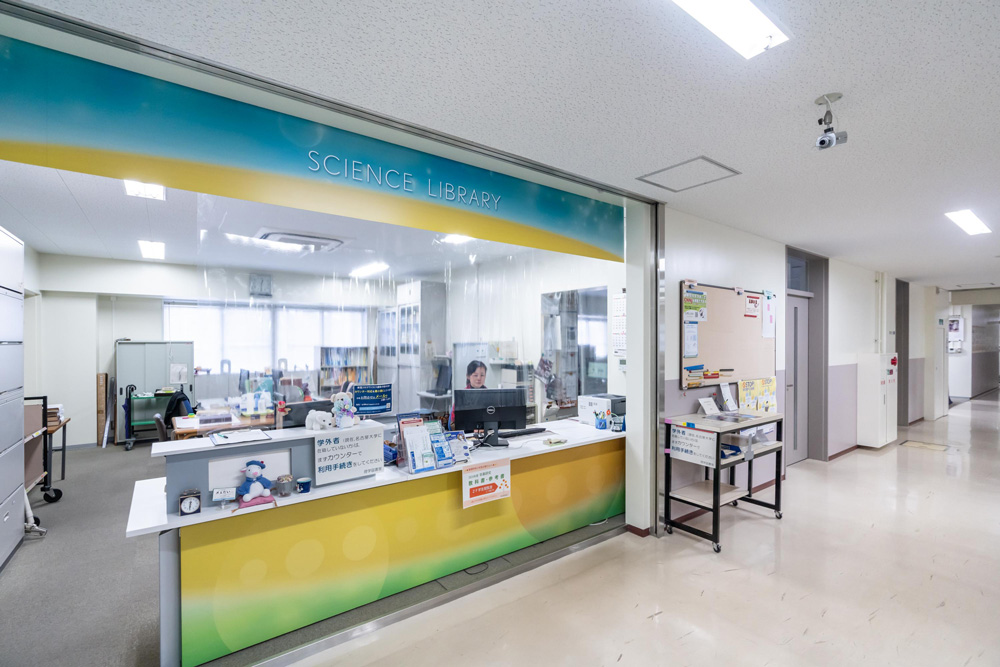
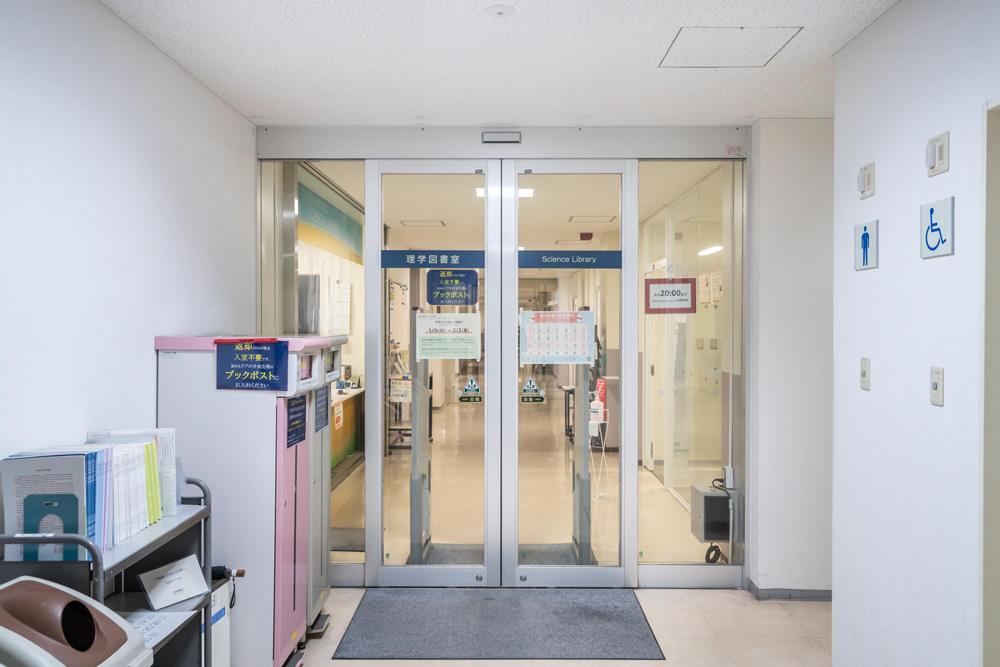
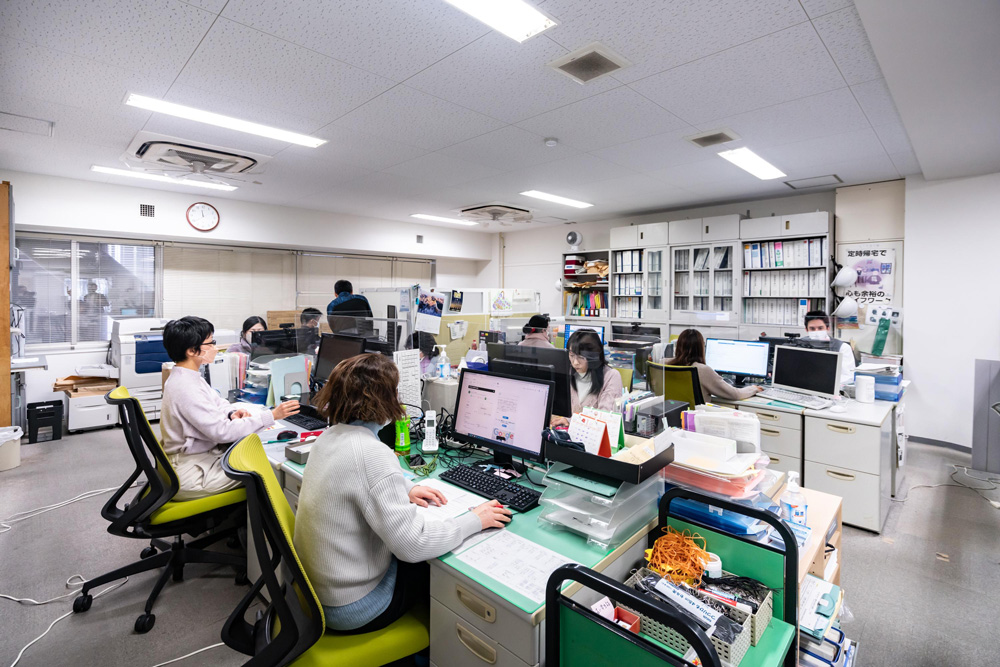
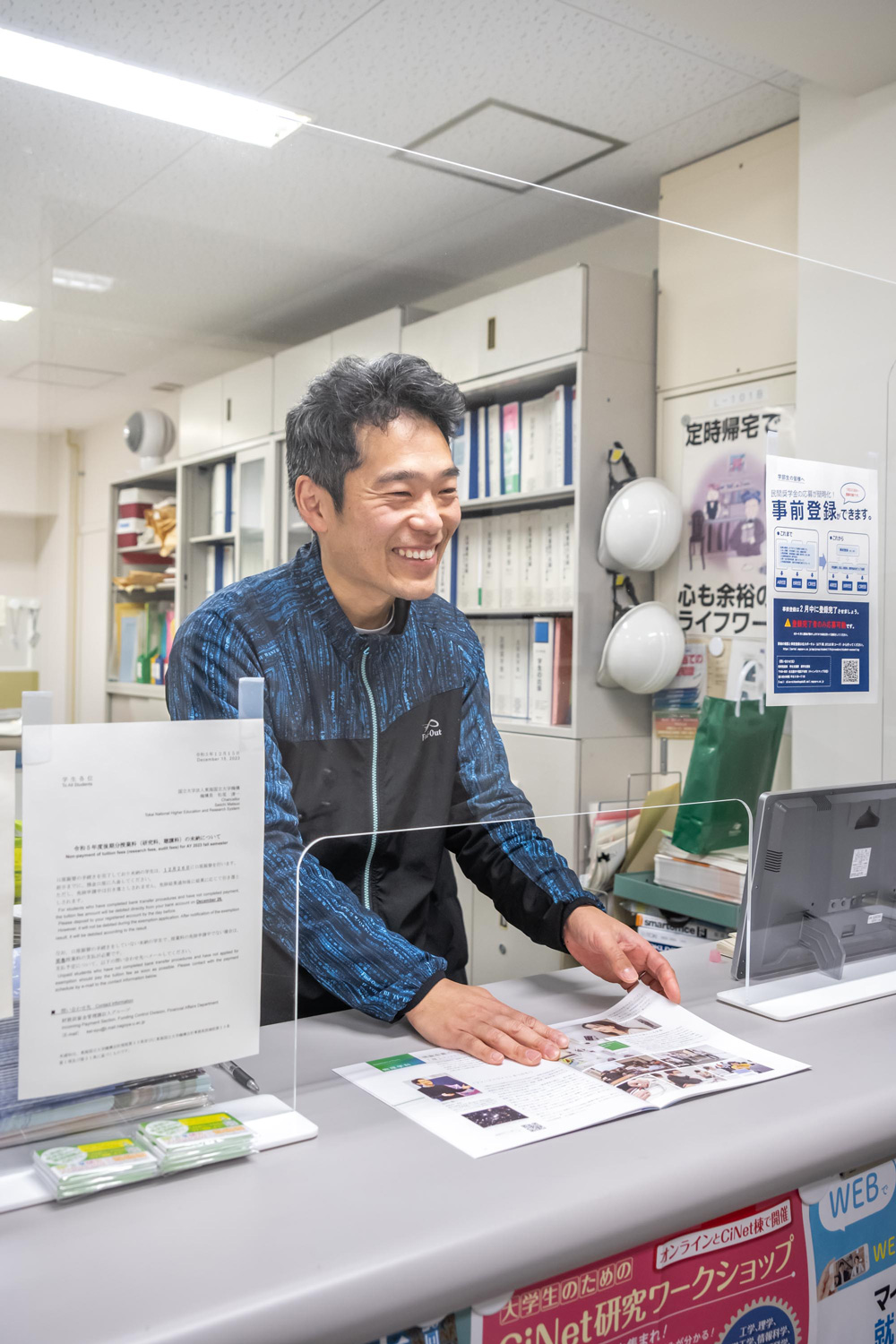
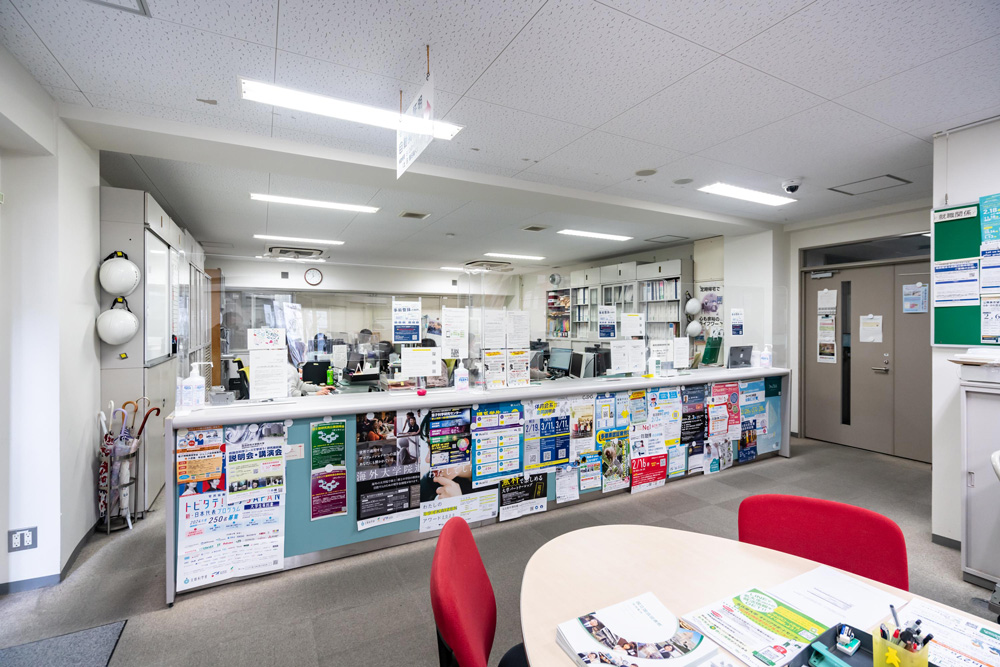
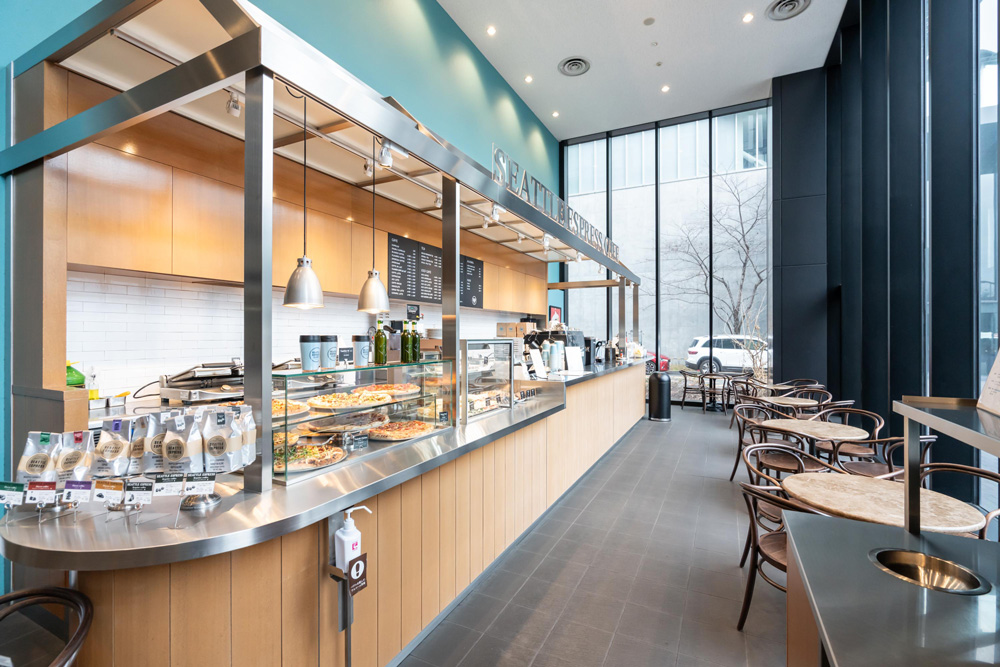
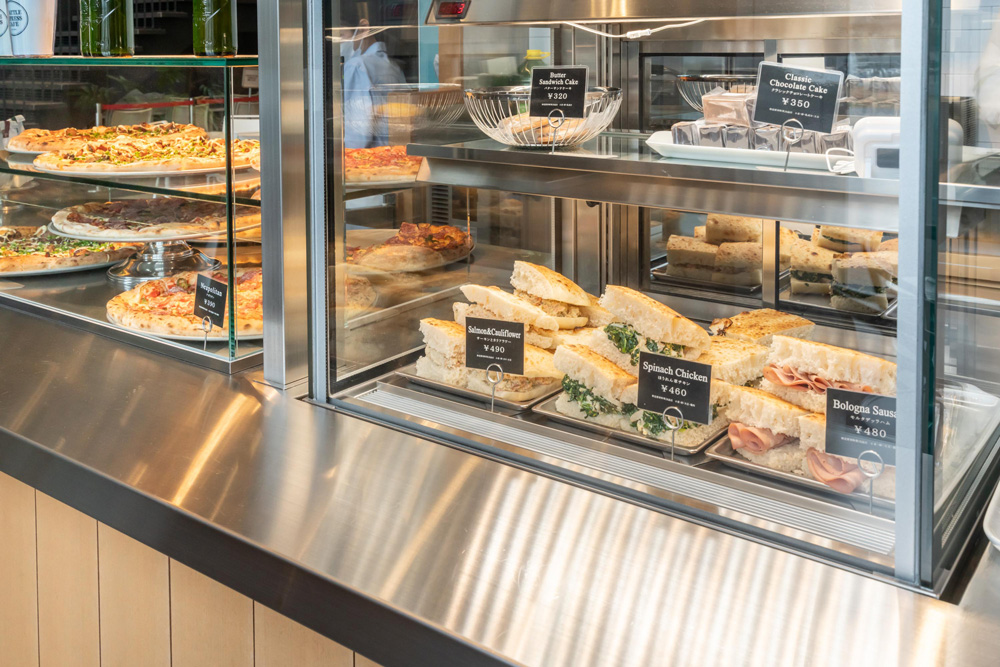
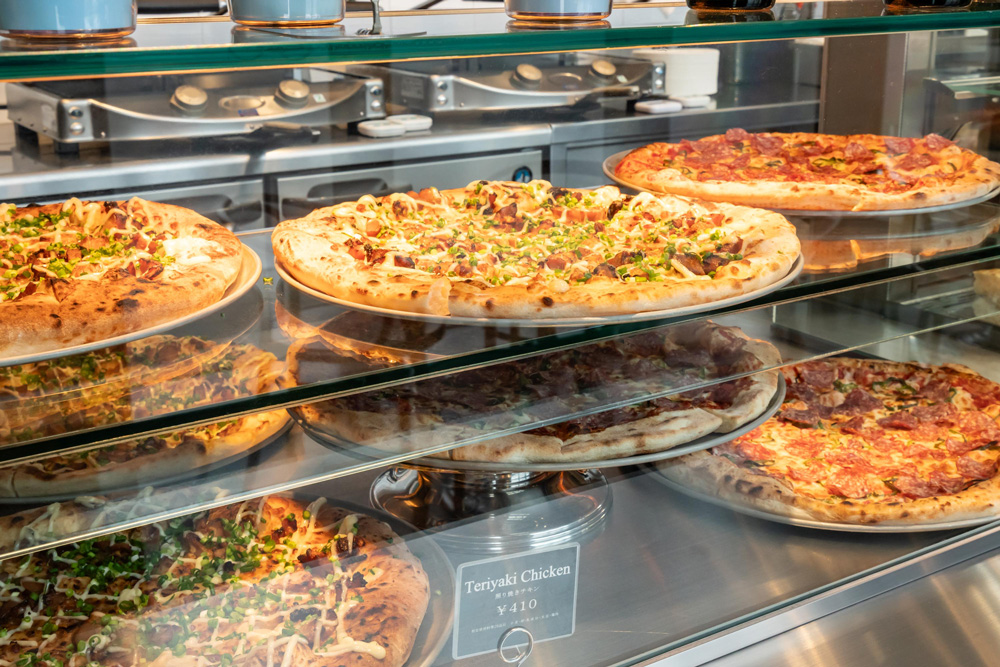
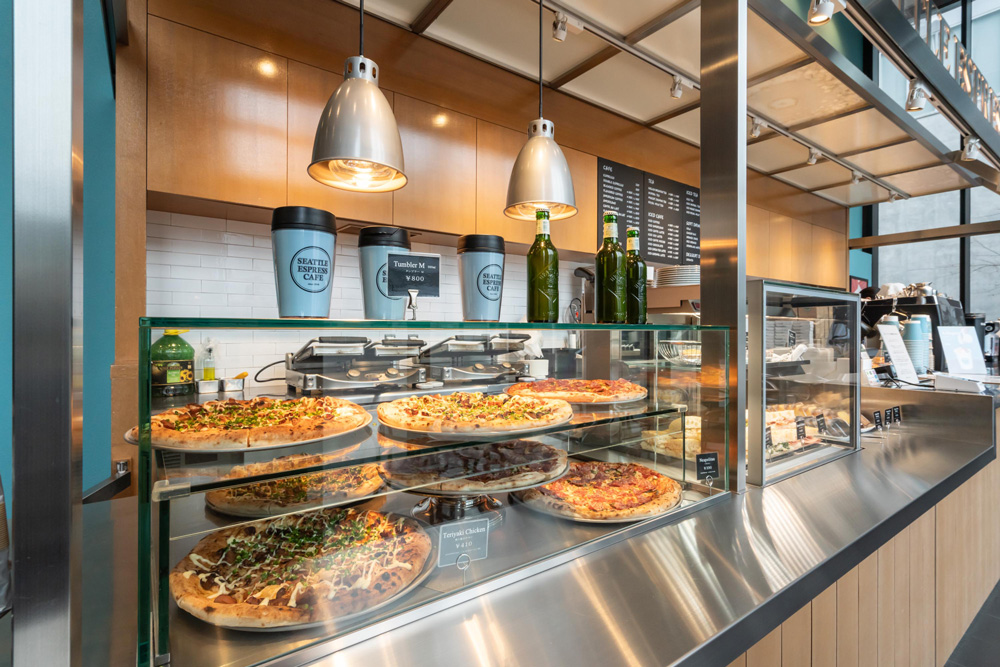
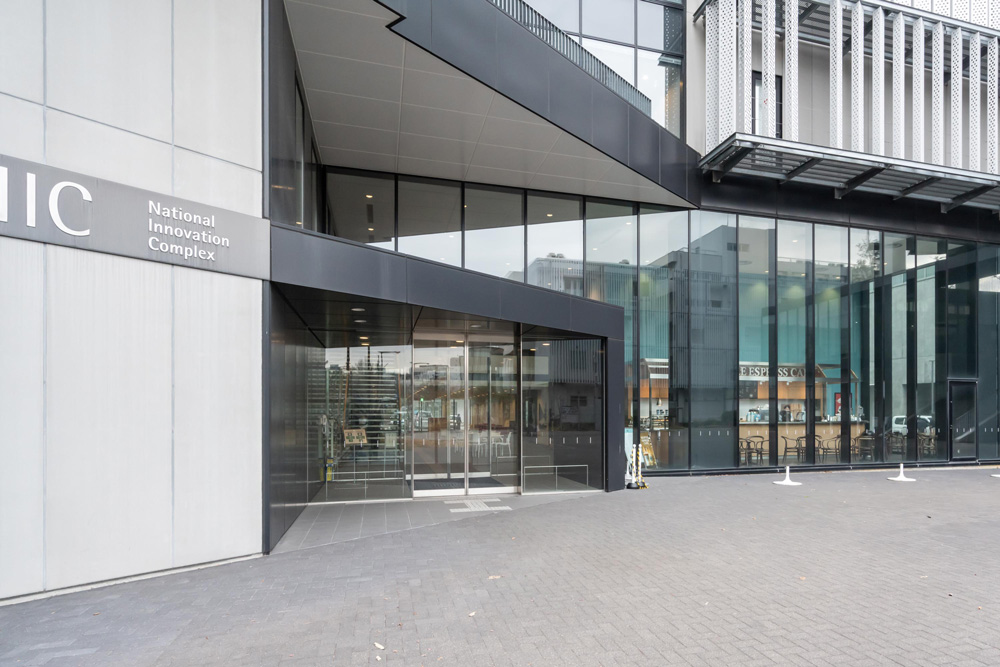
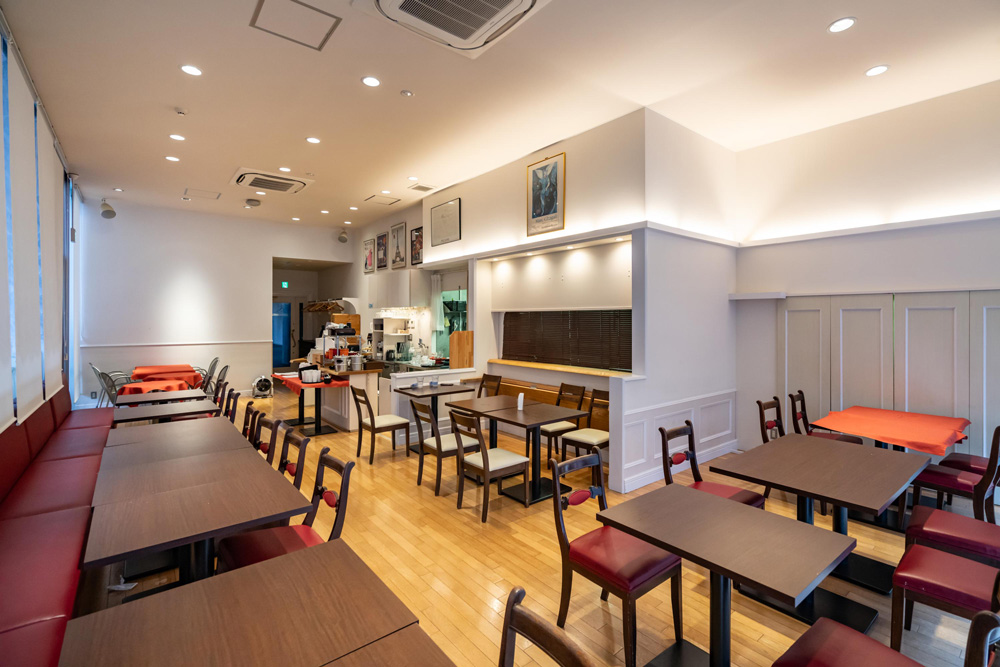
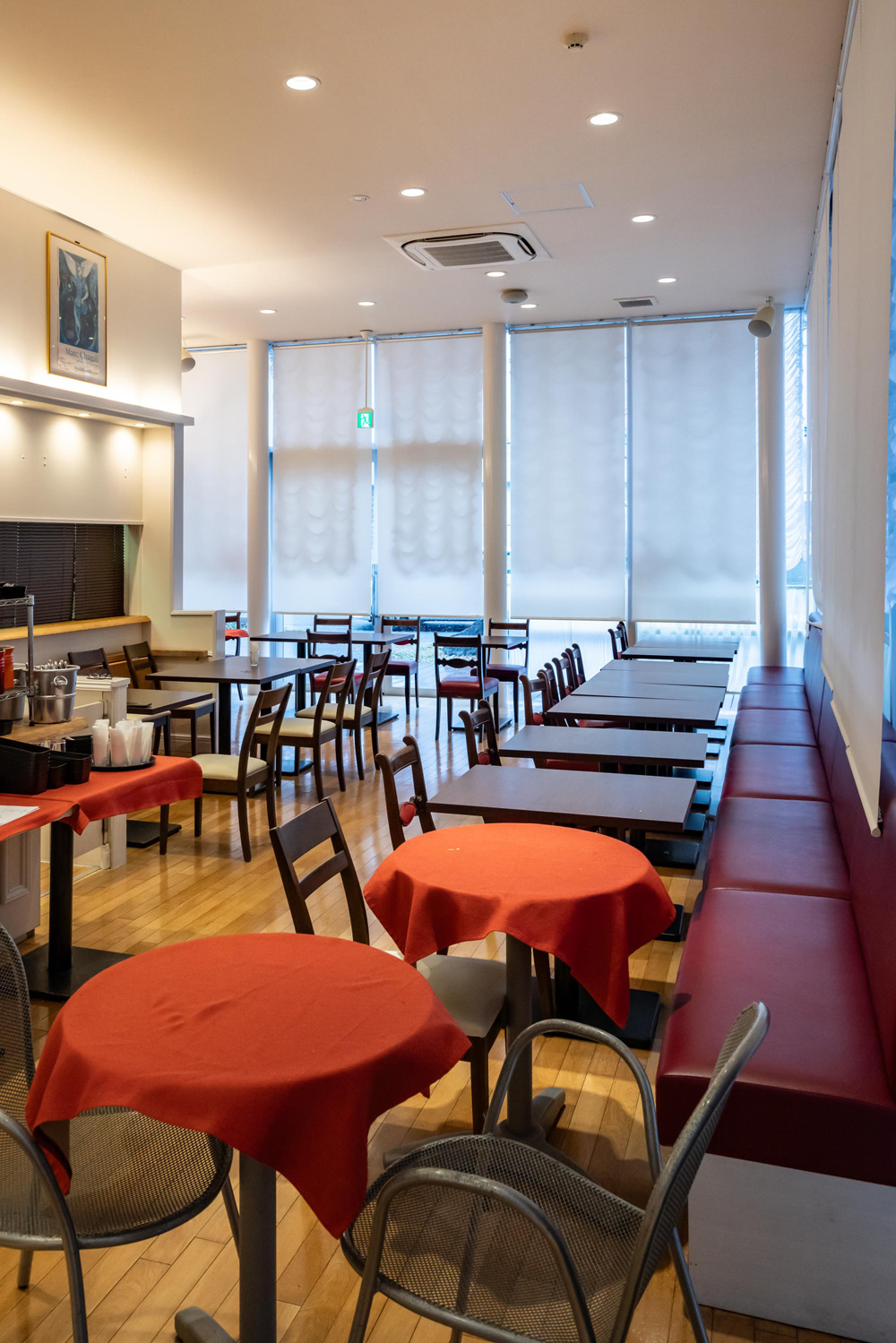
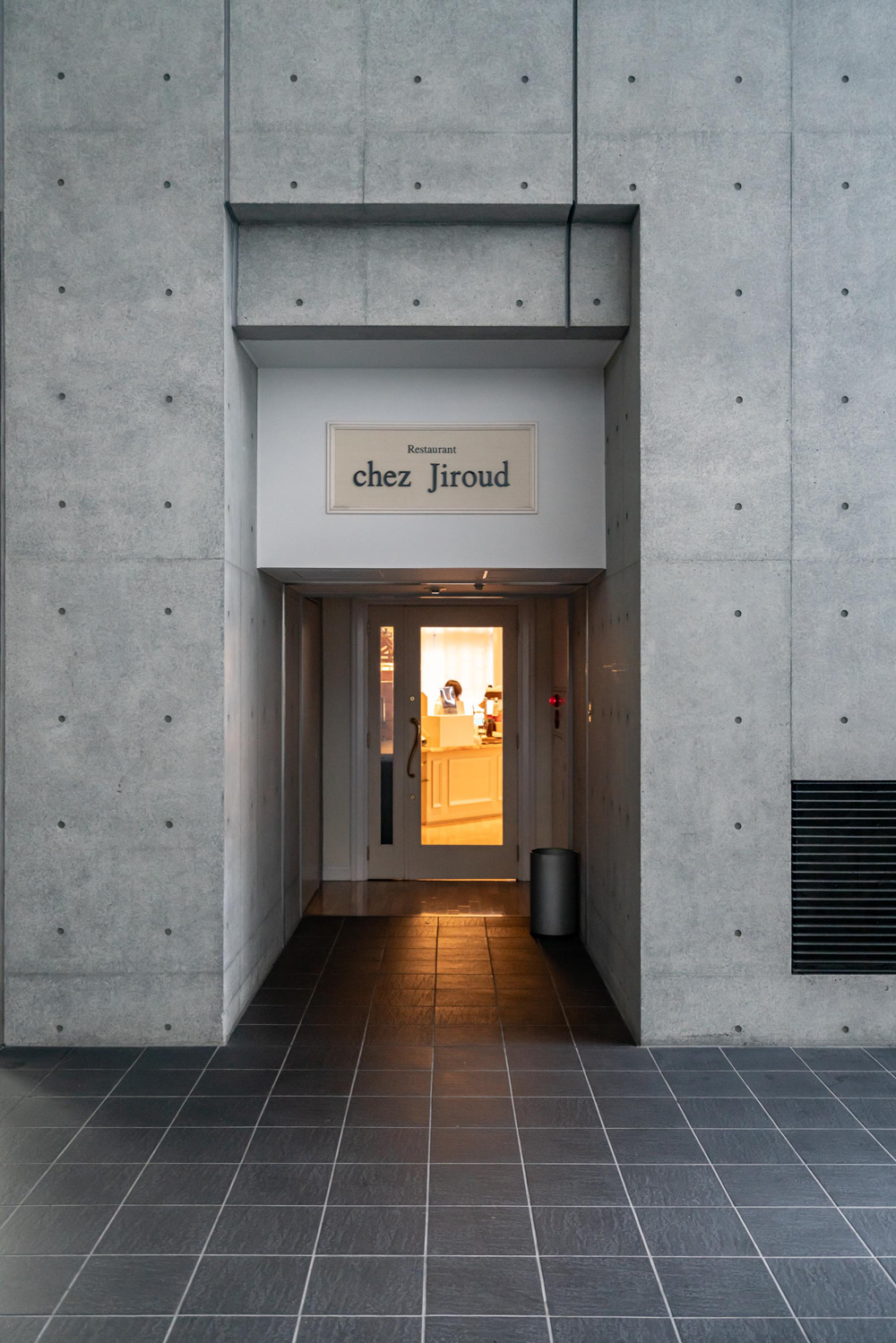
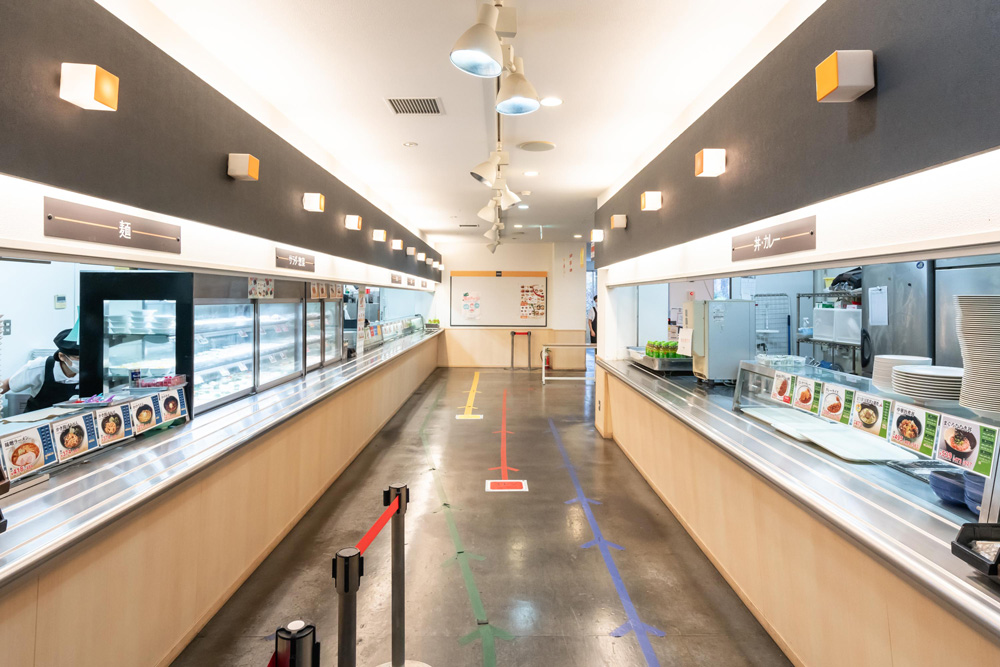
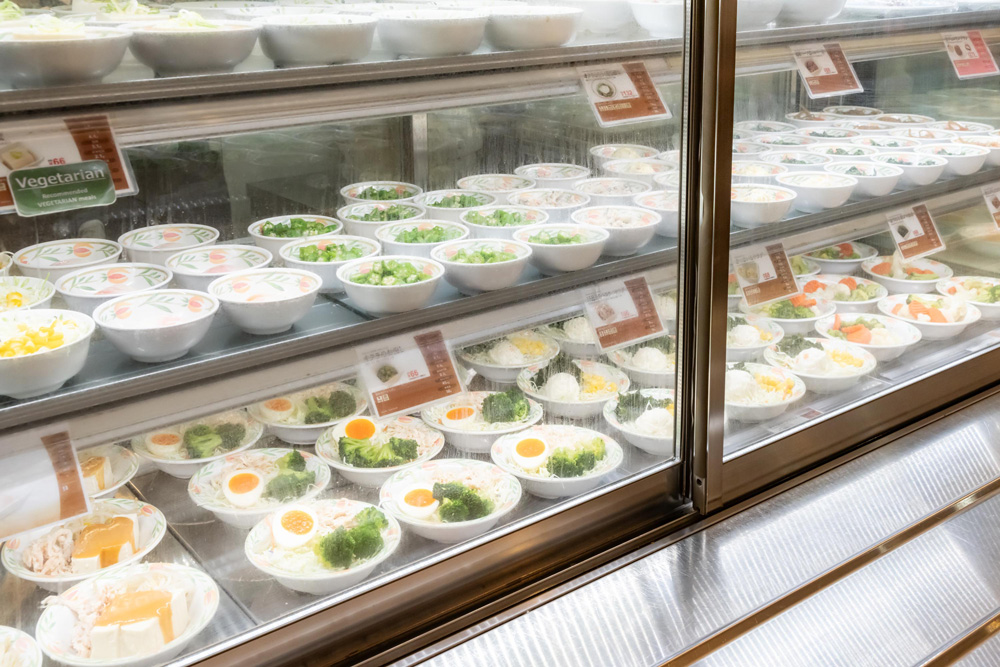
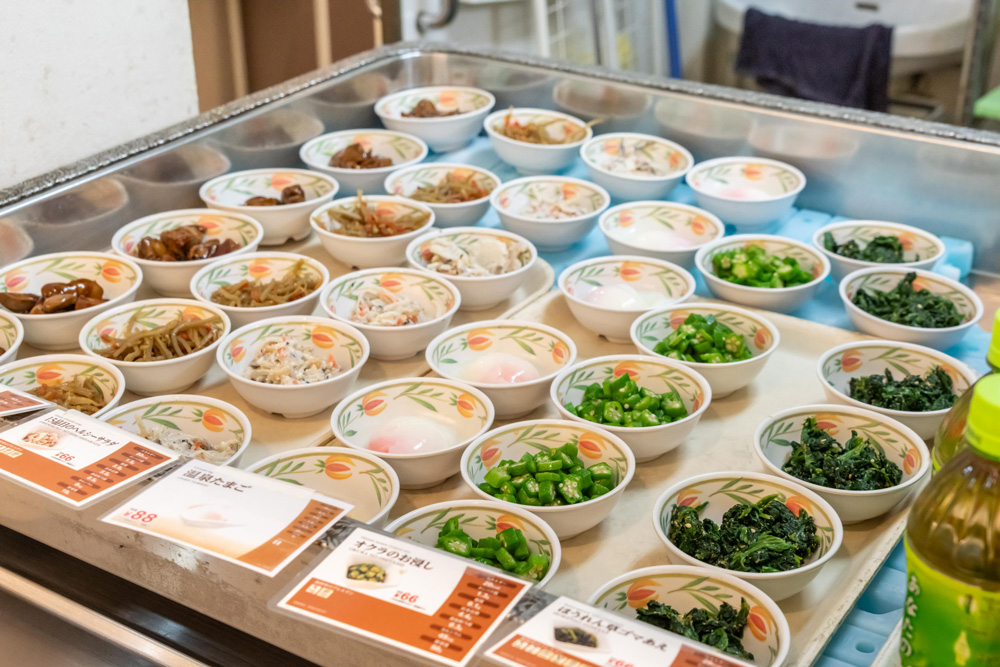
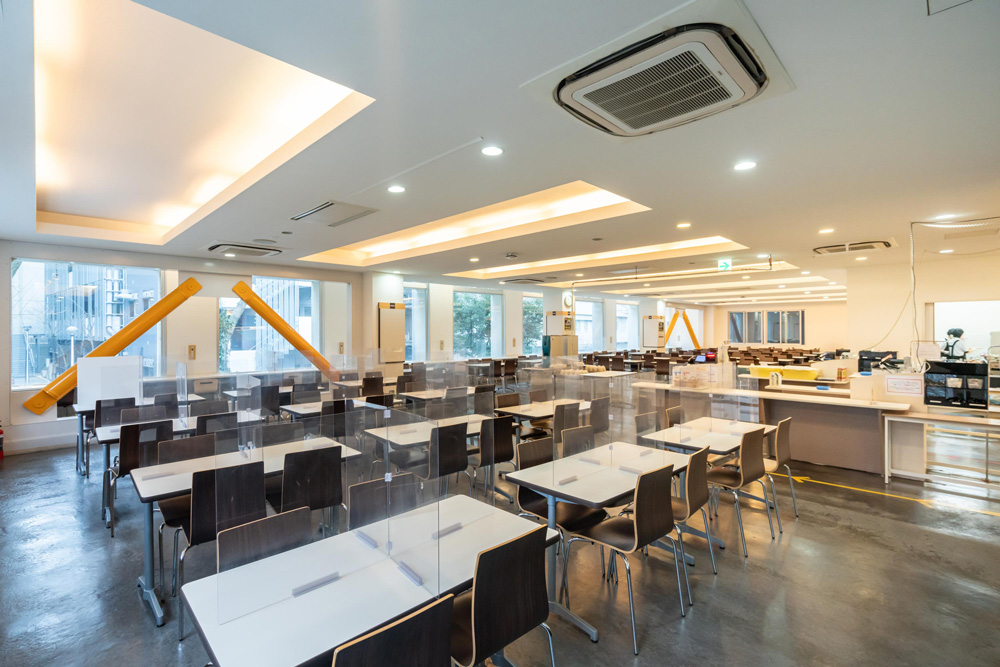
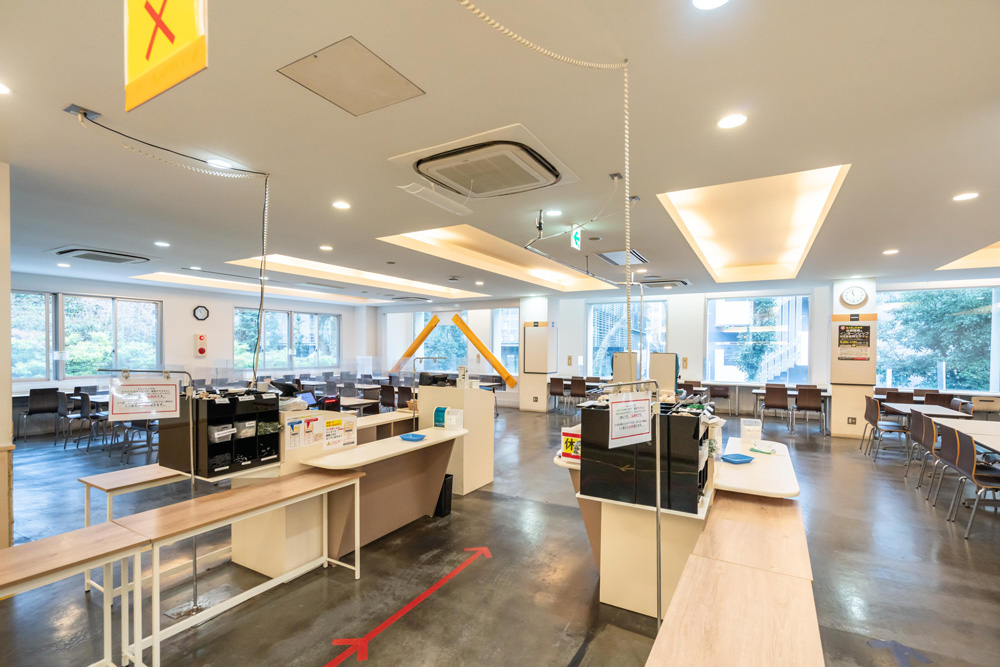
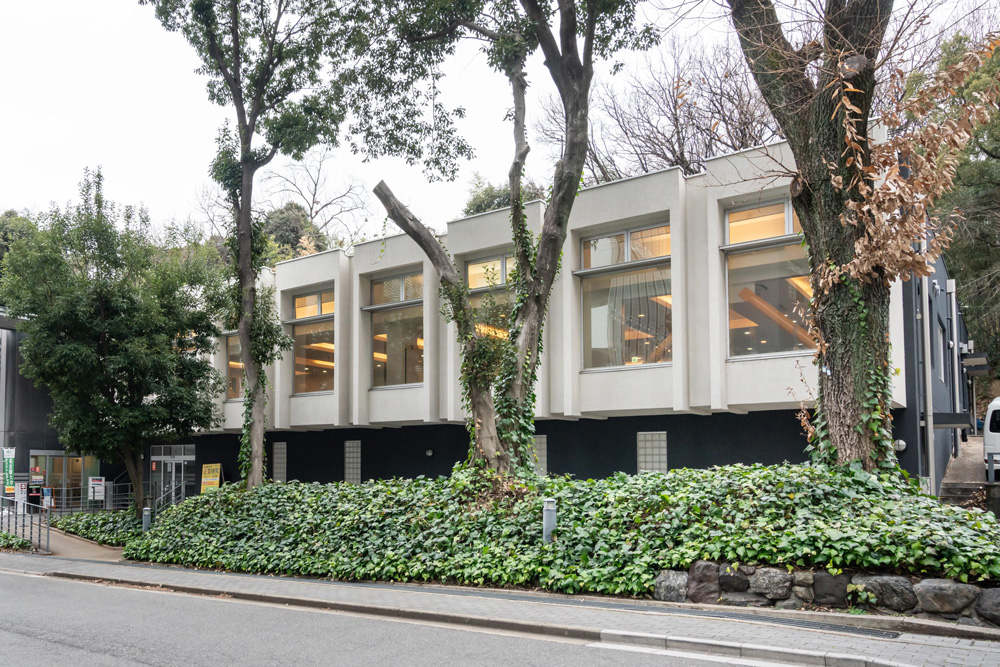
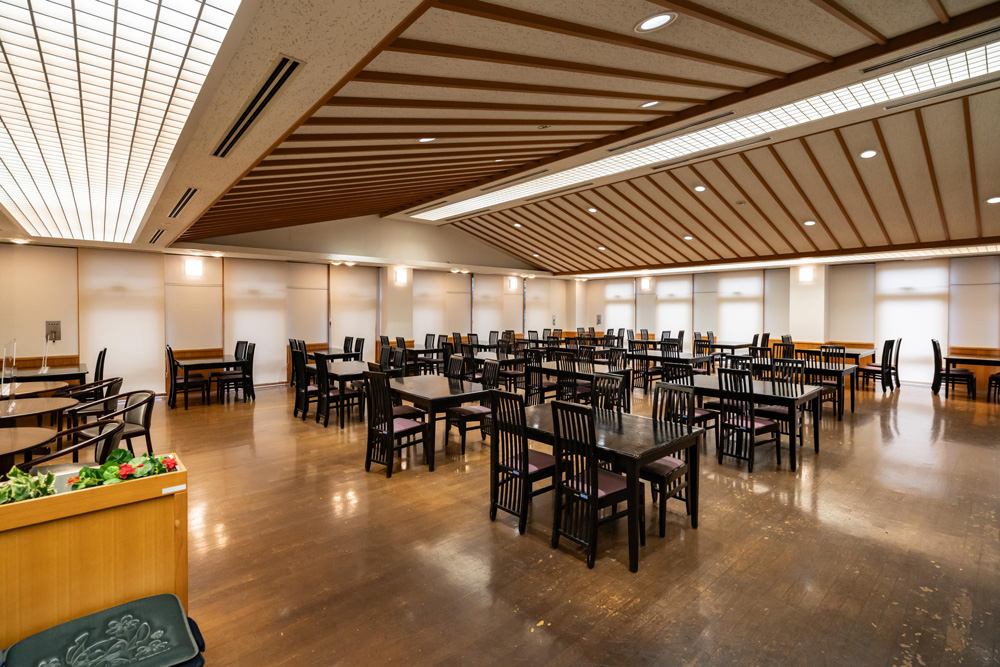
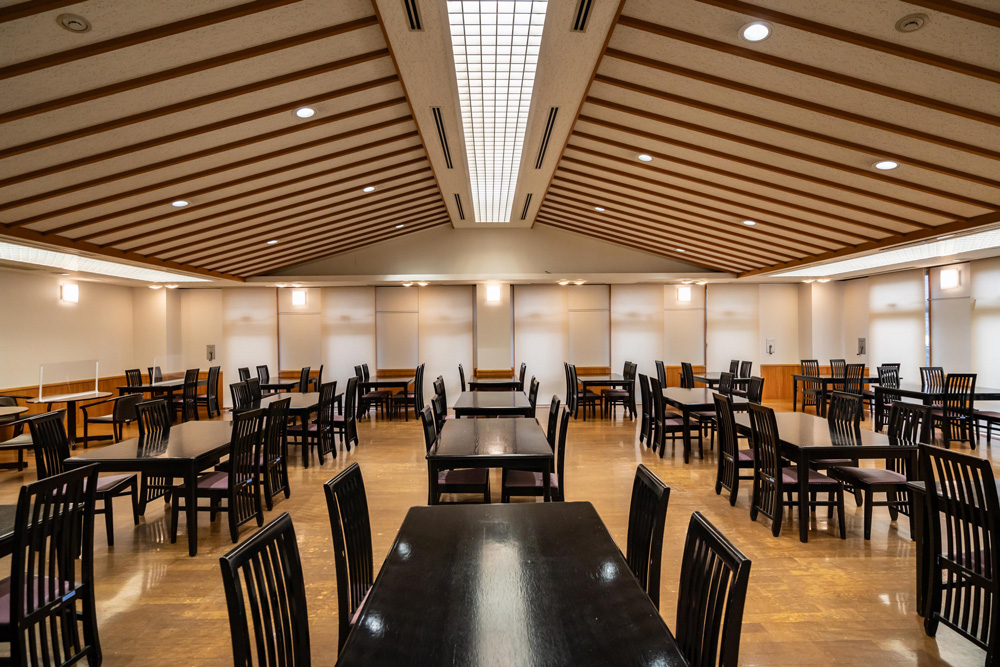
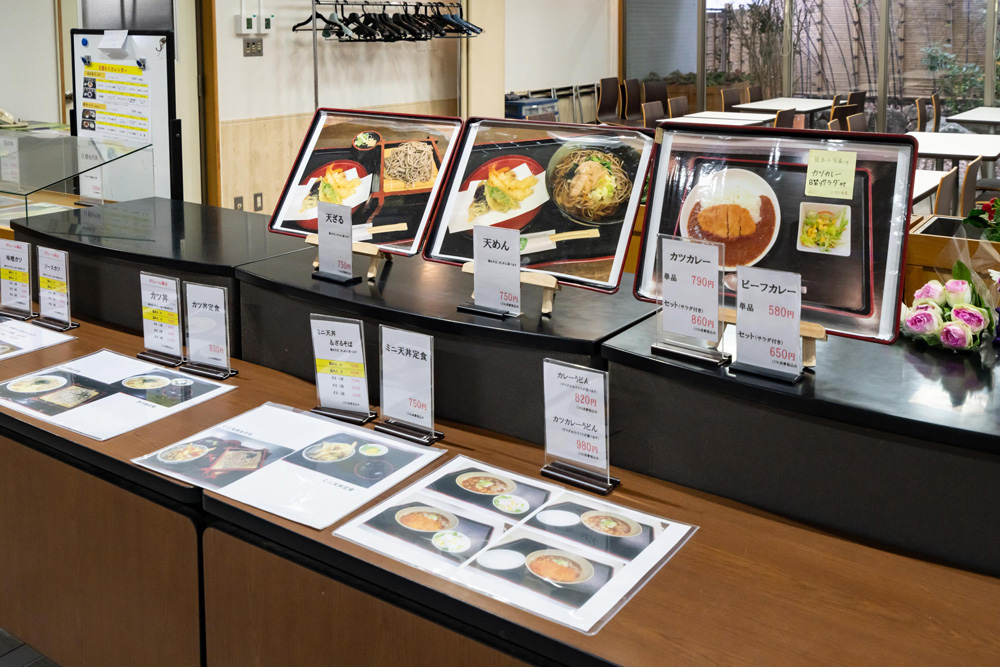
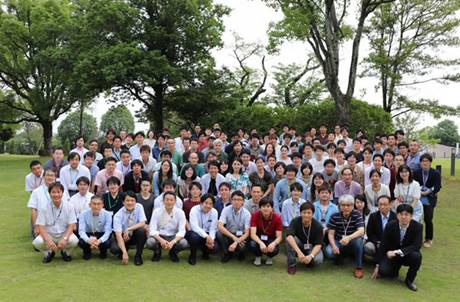 GTR Retreat Camp
GTR Retreat Camp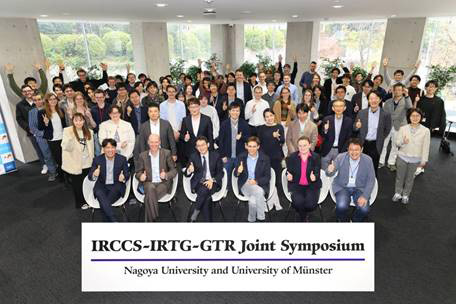 IRCCS-University of Münster Exchange Symposium
IRCCS-University of Münster Exchange Symposium